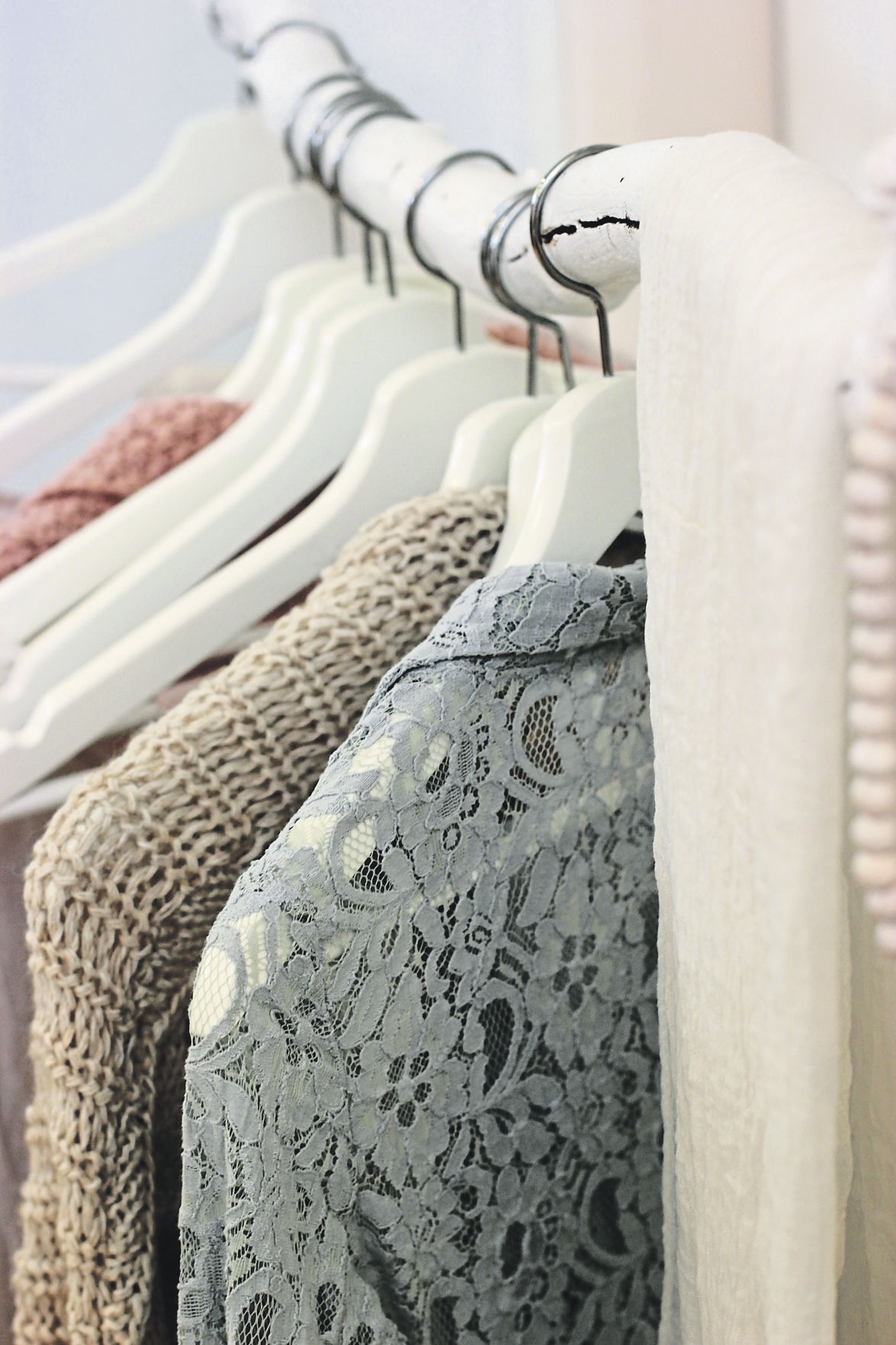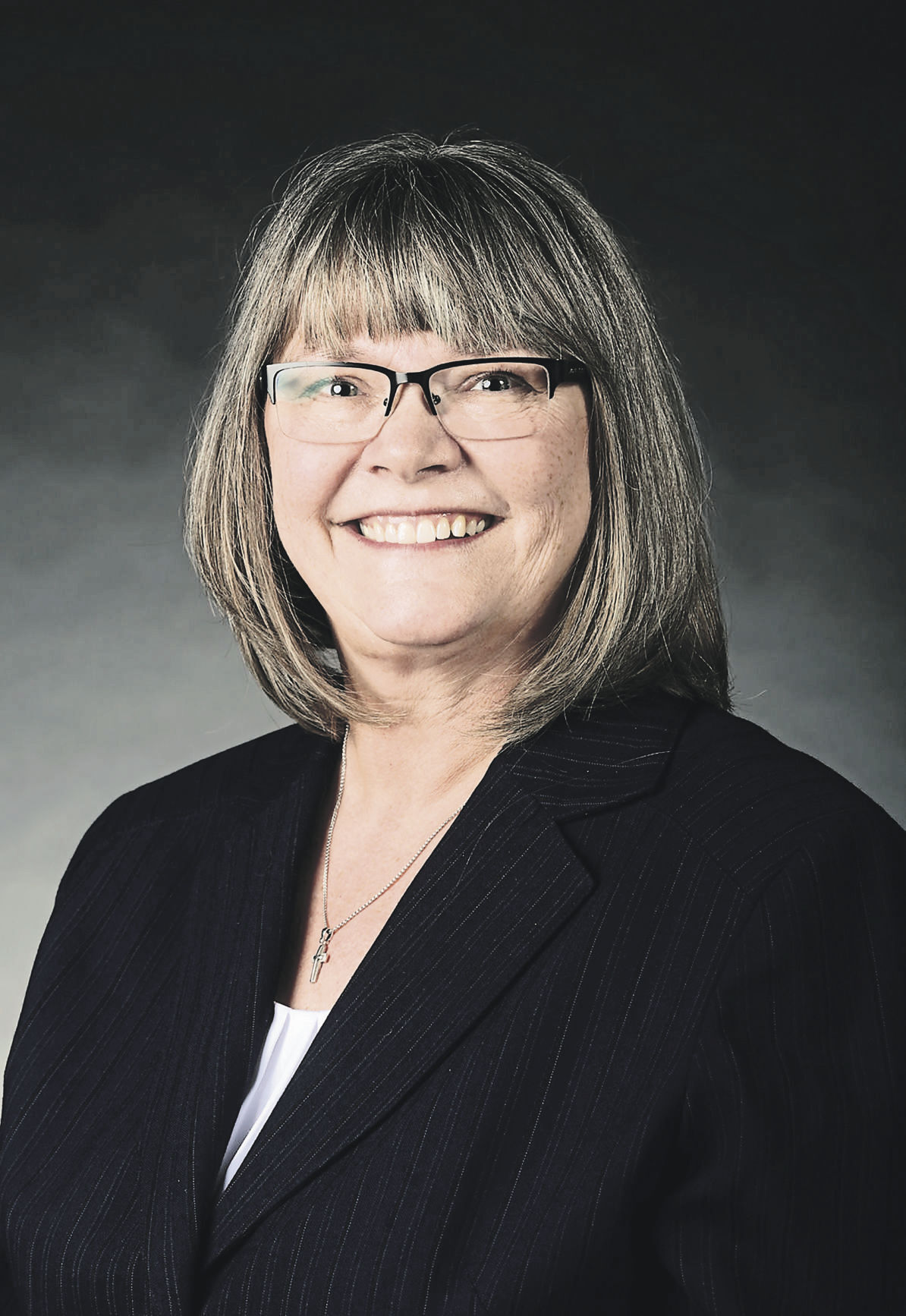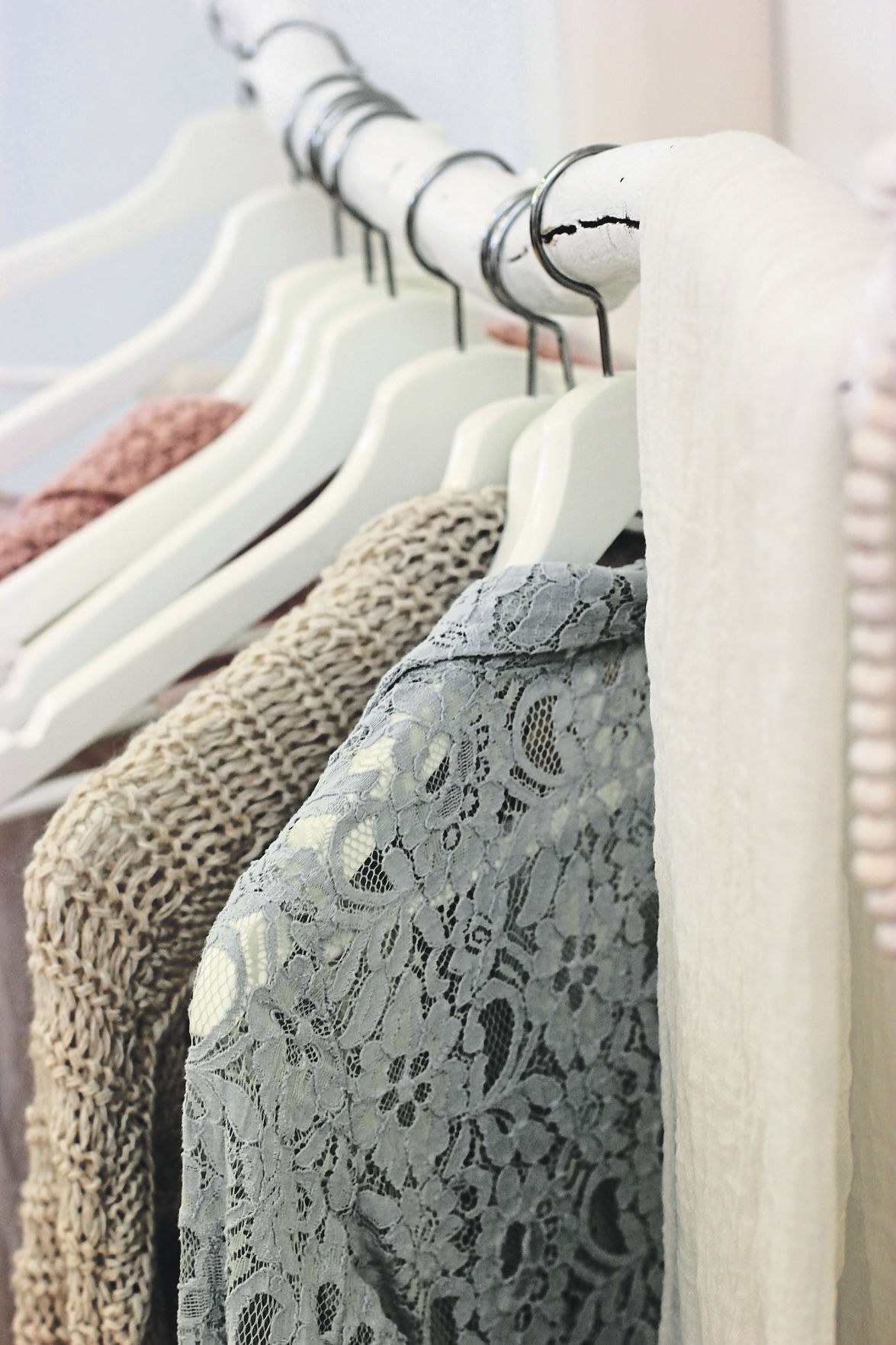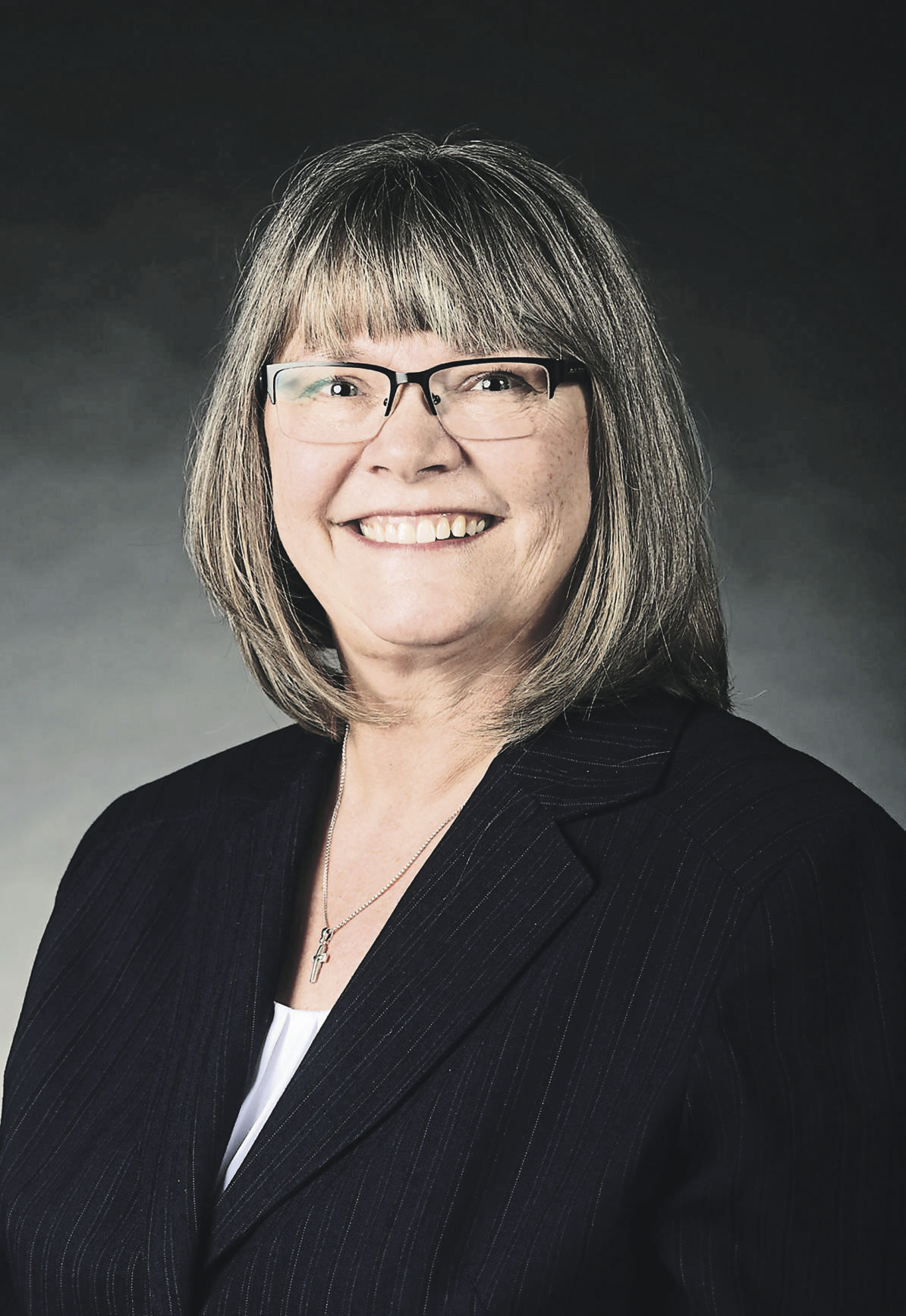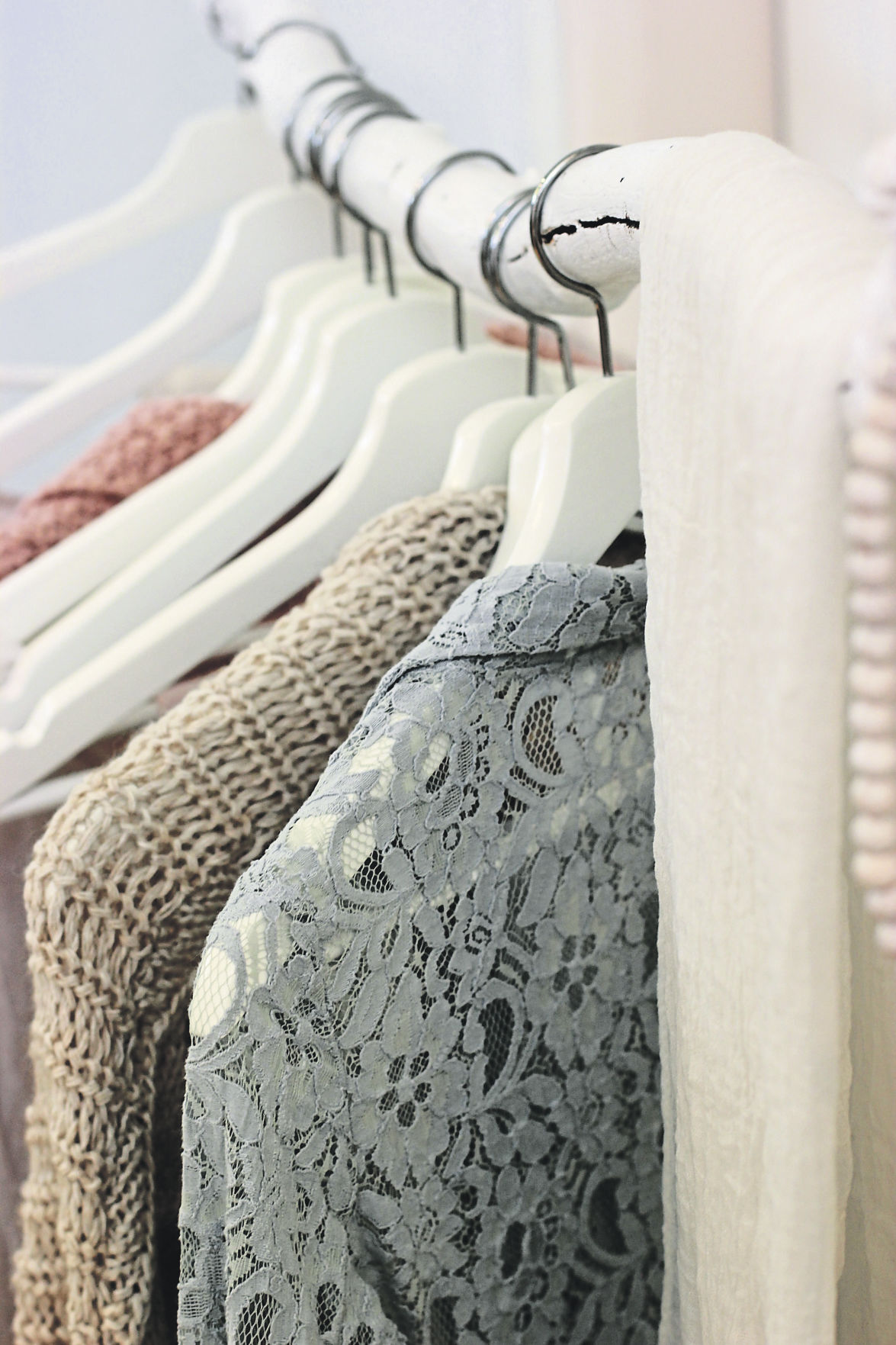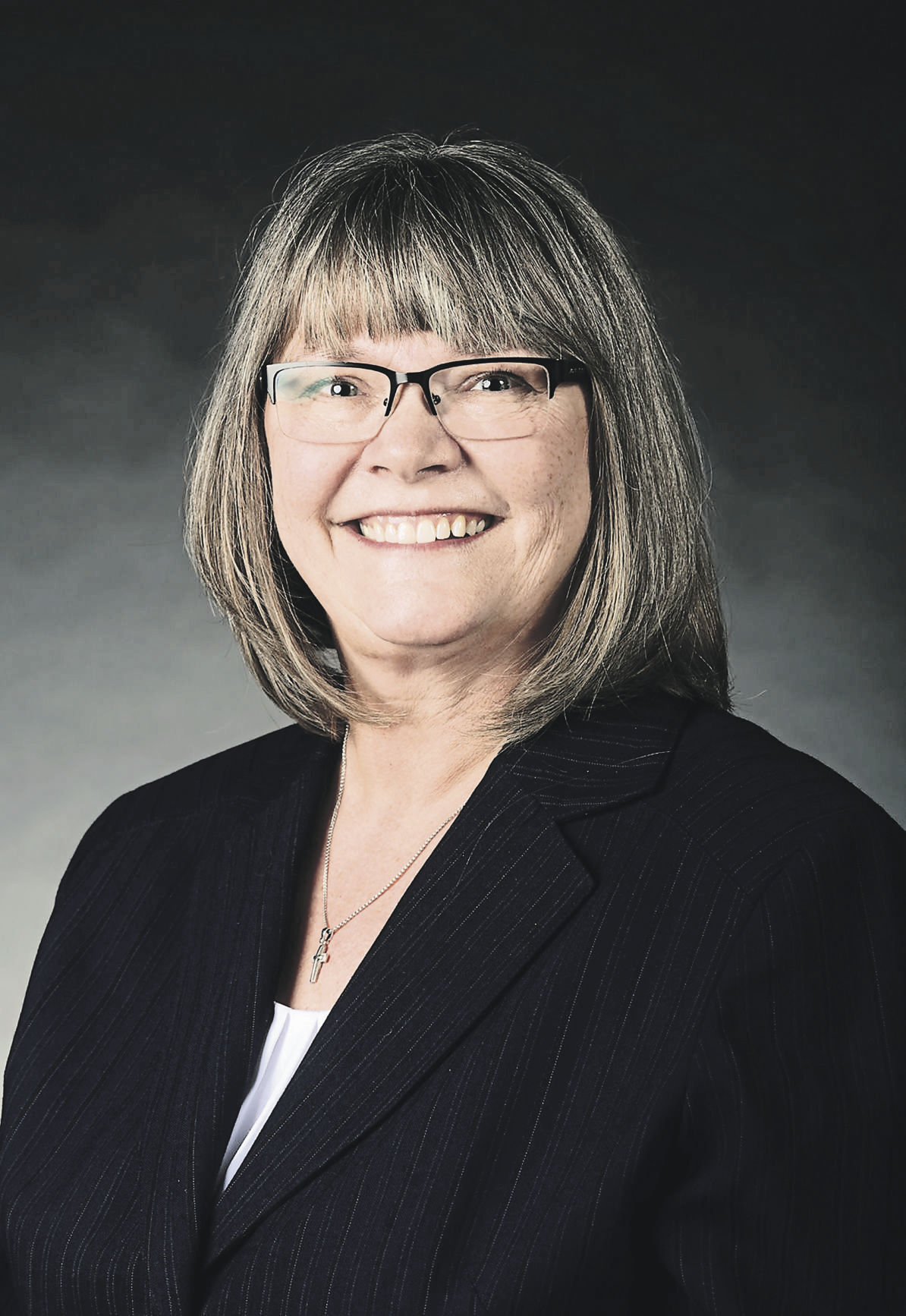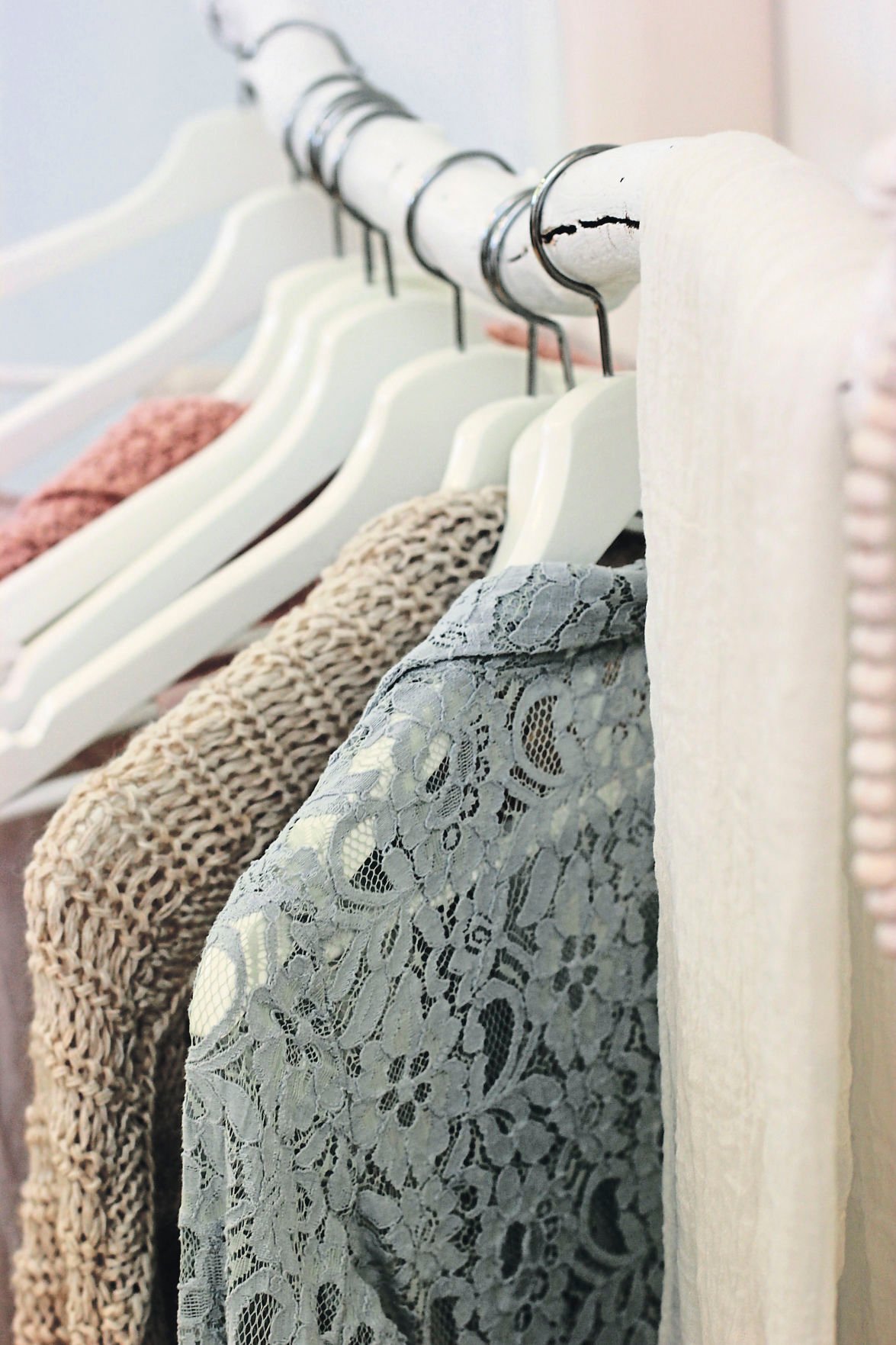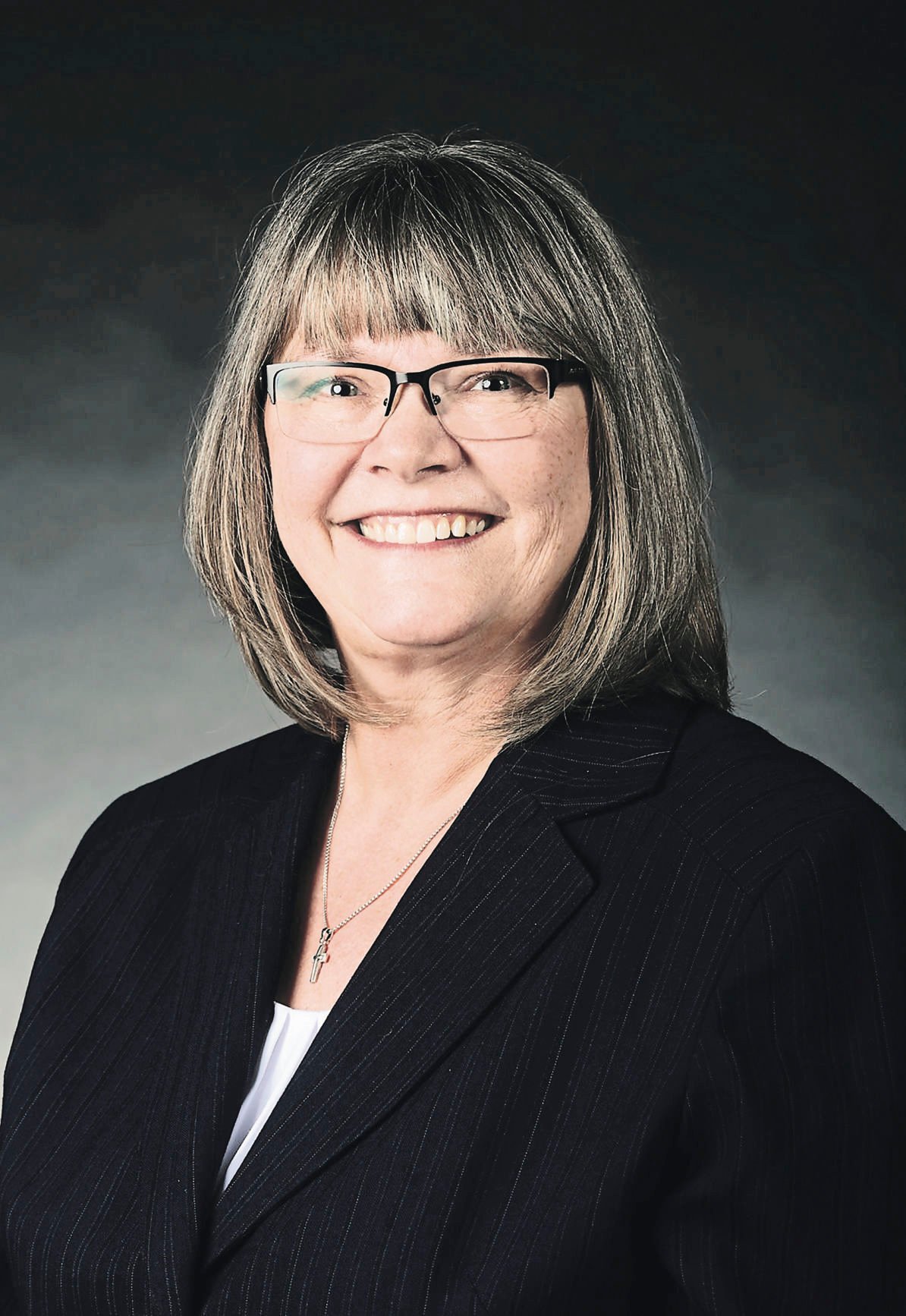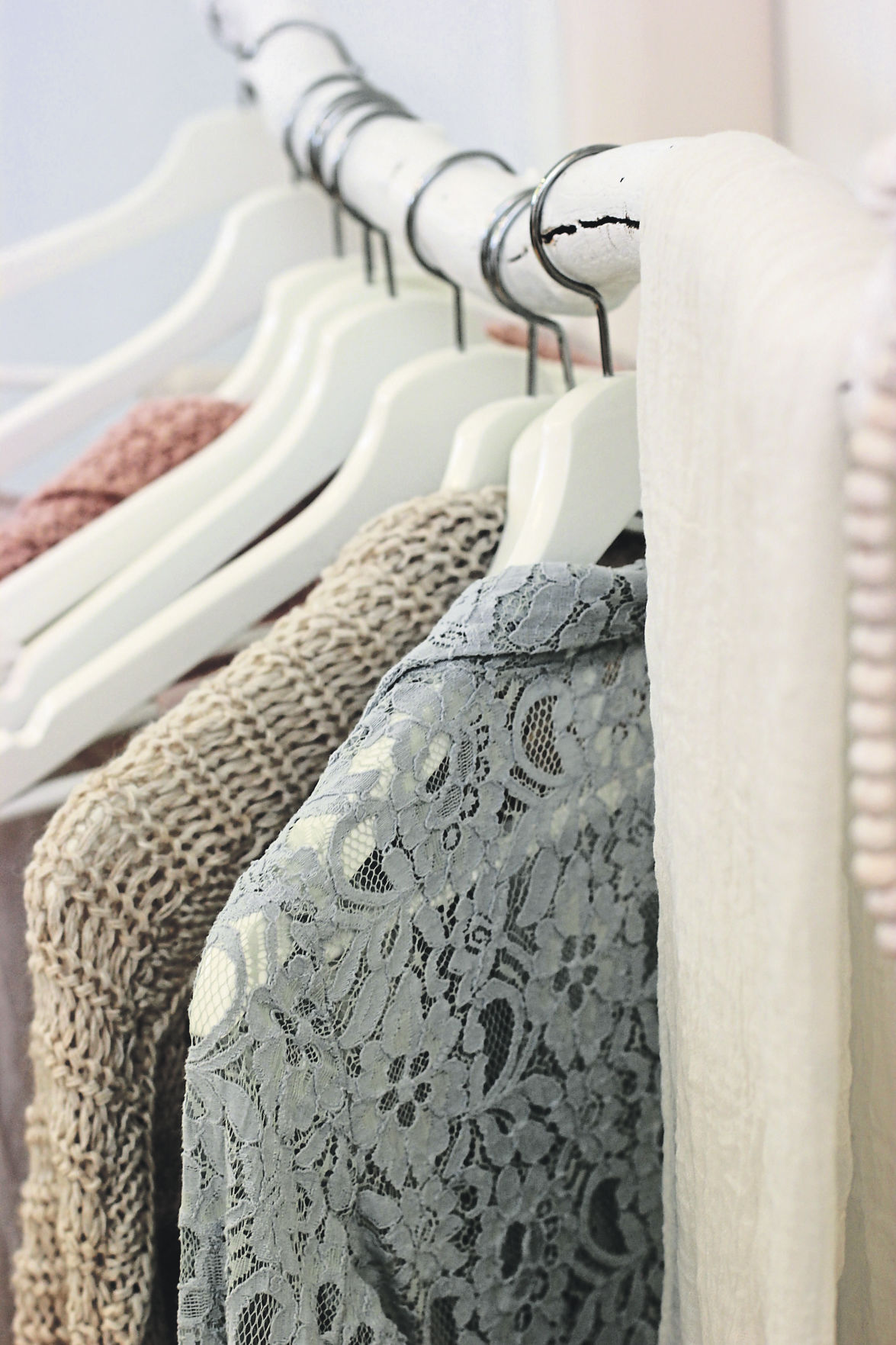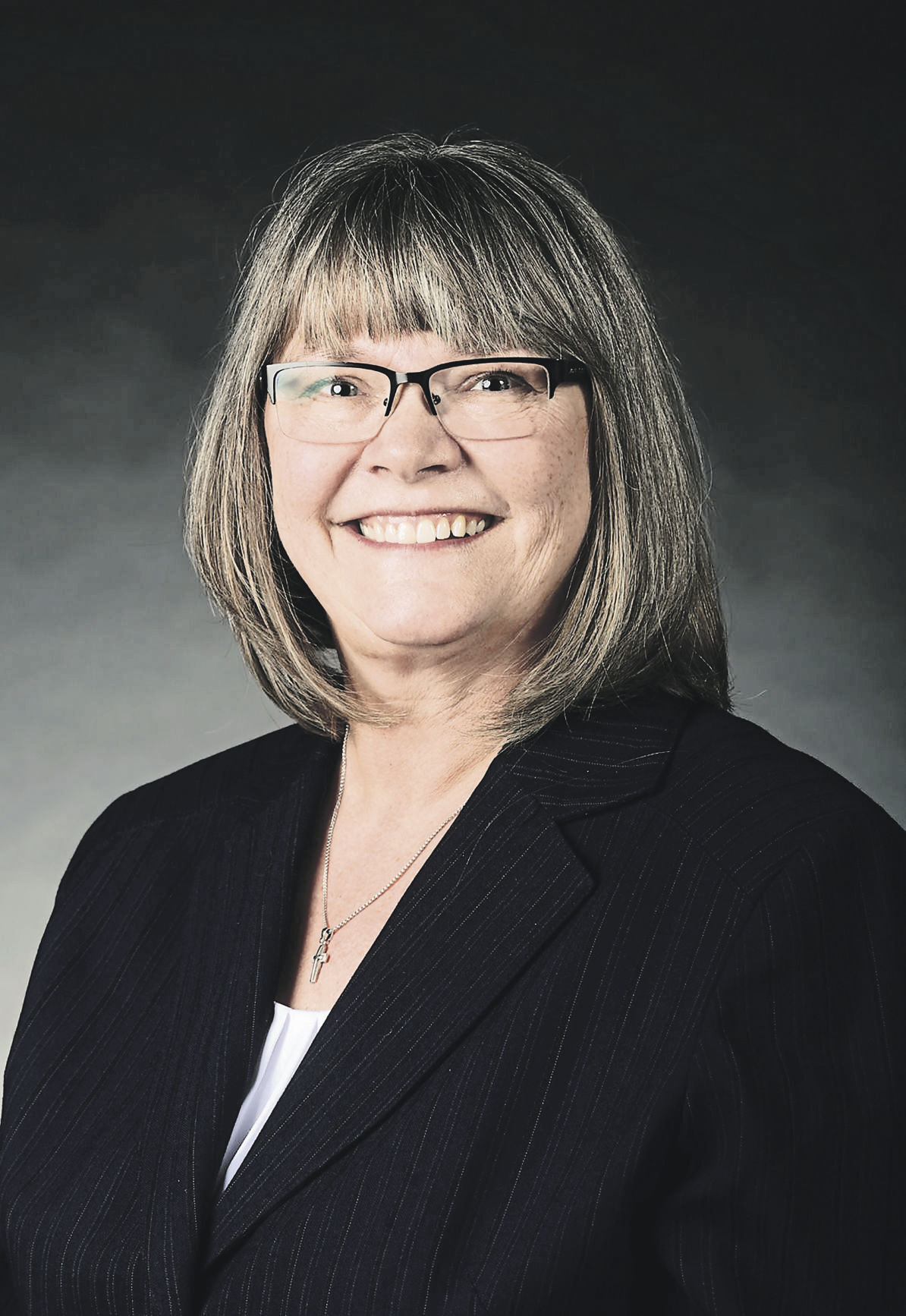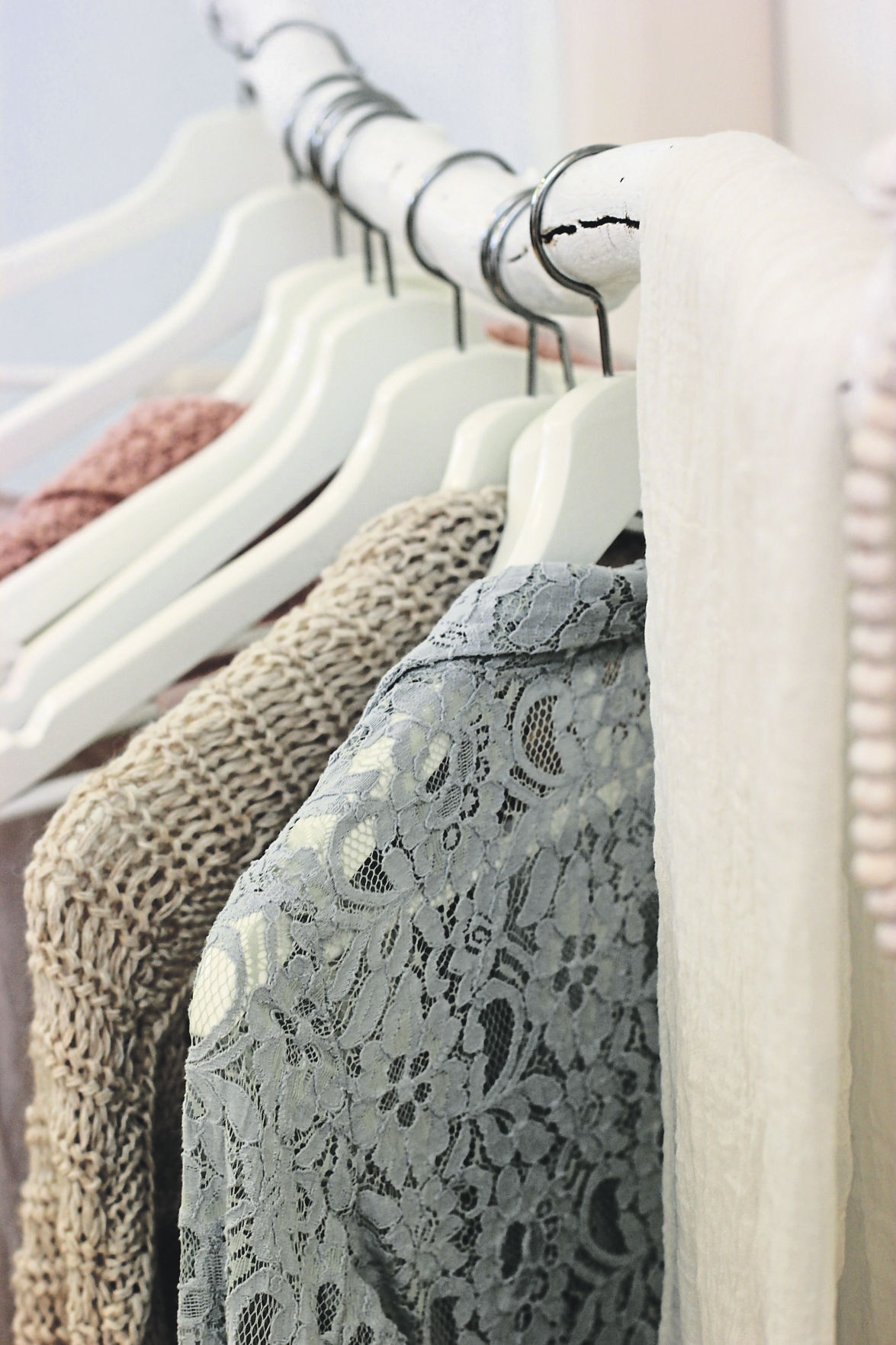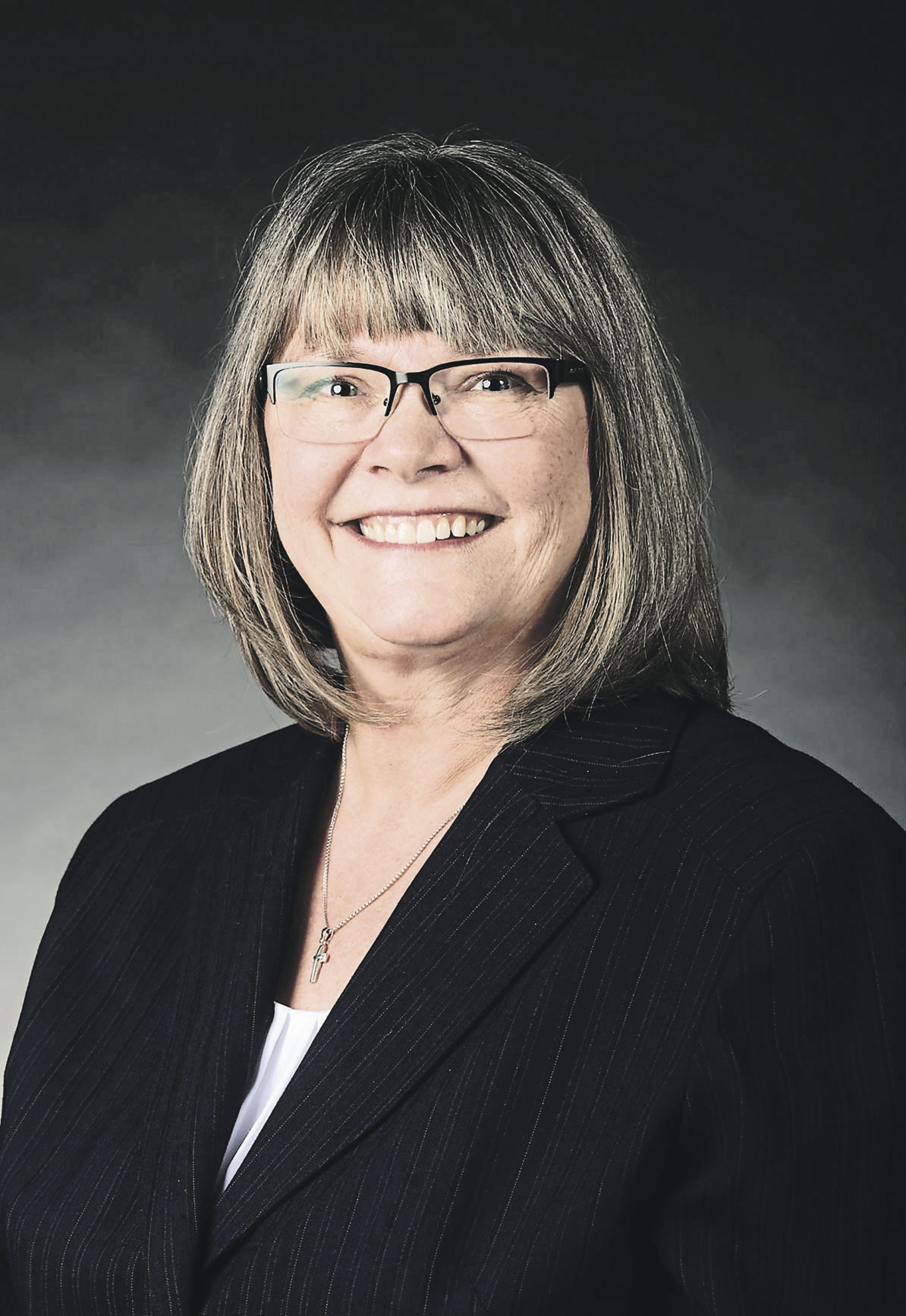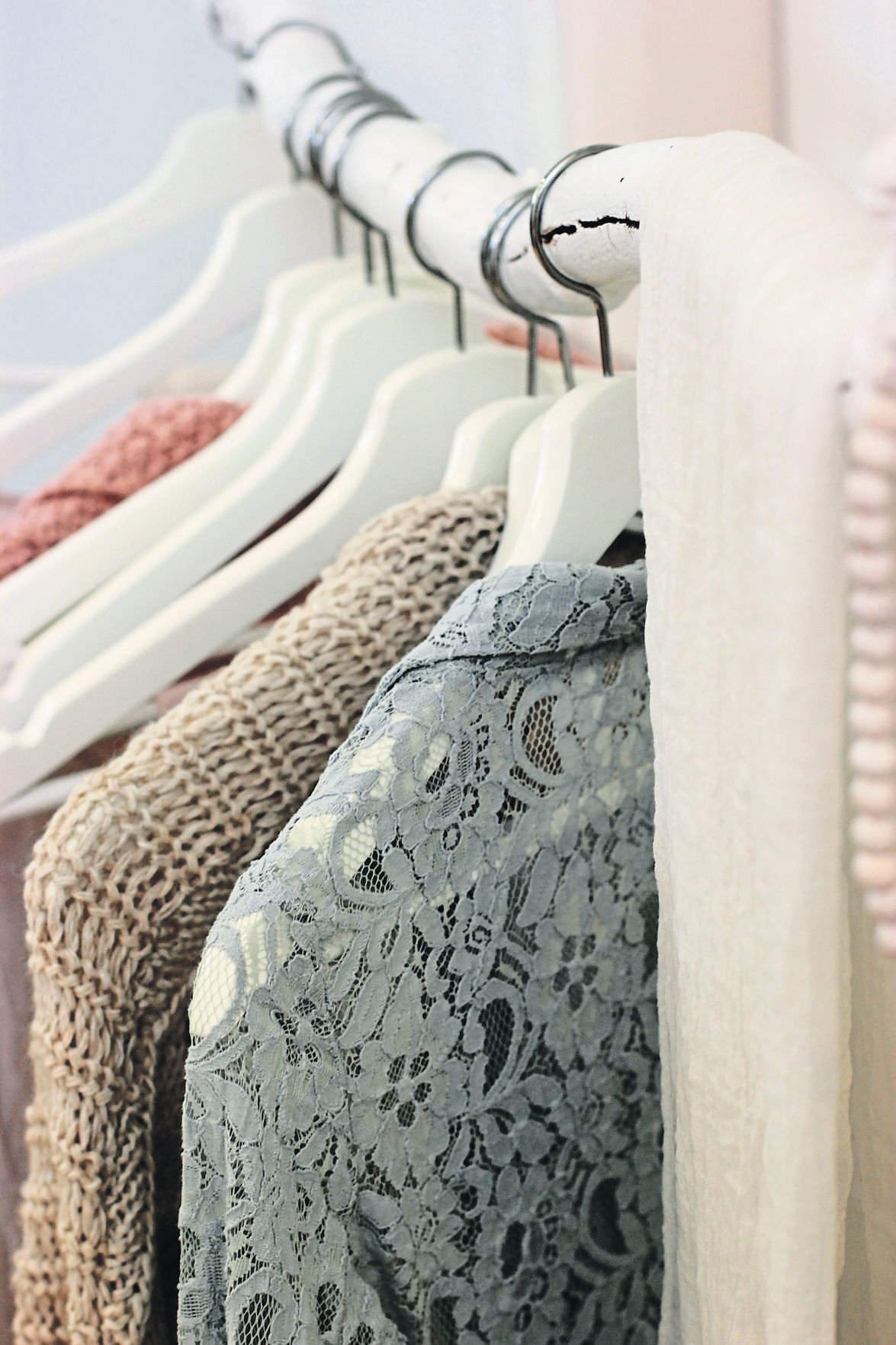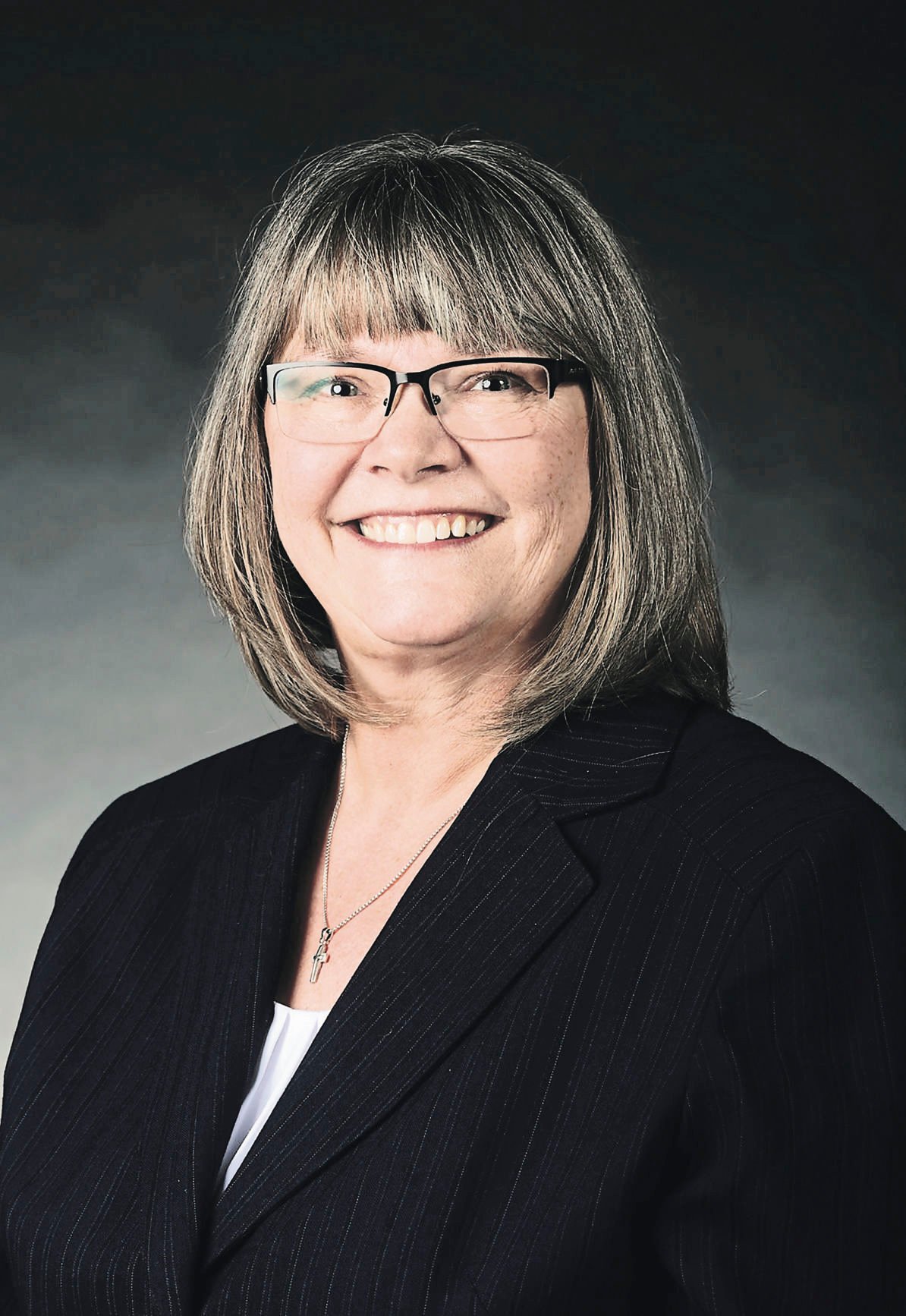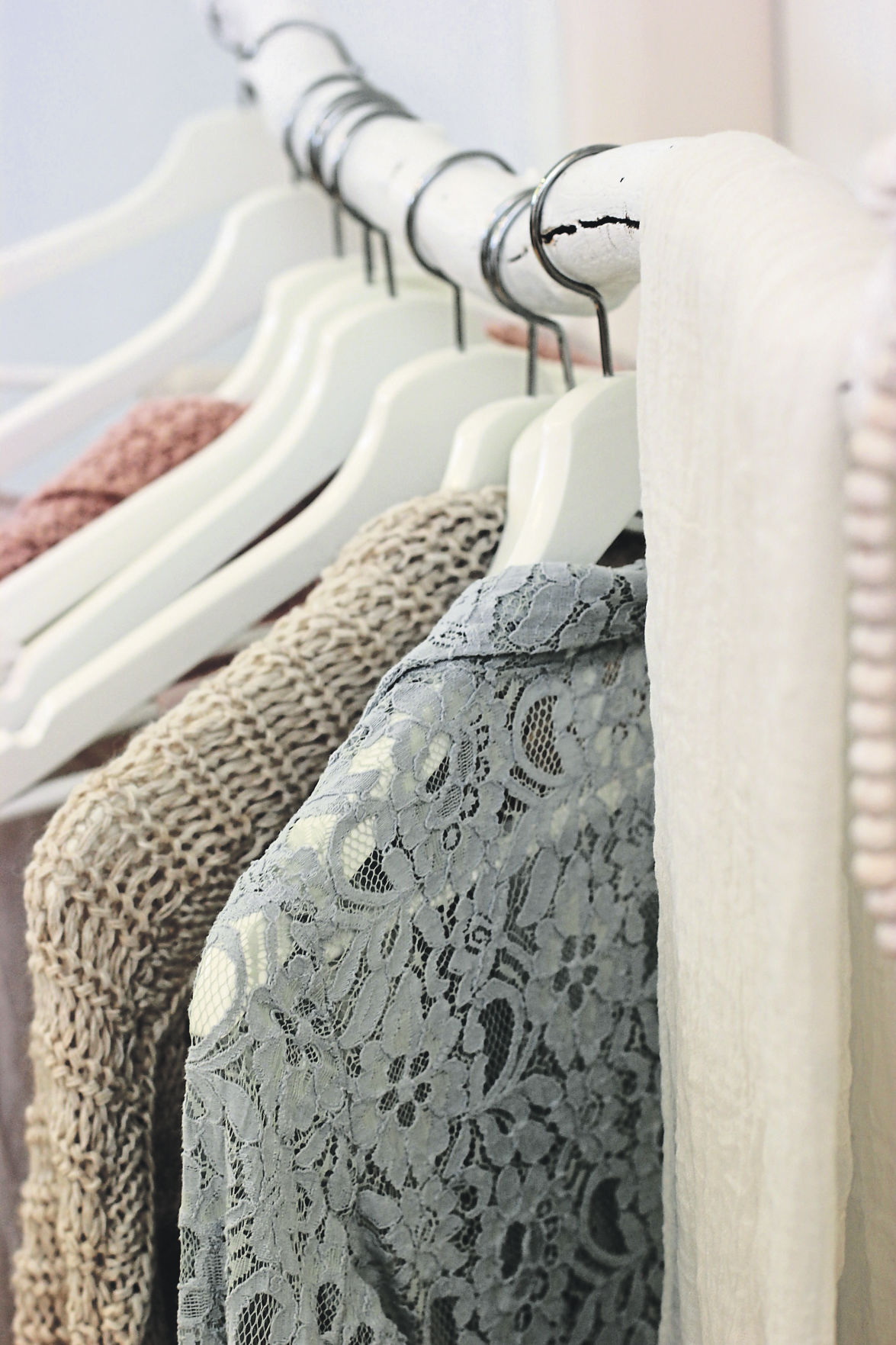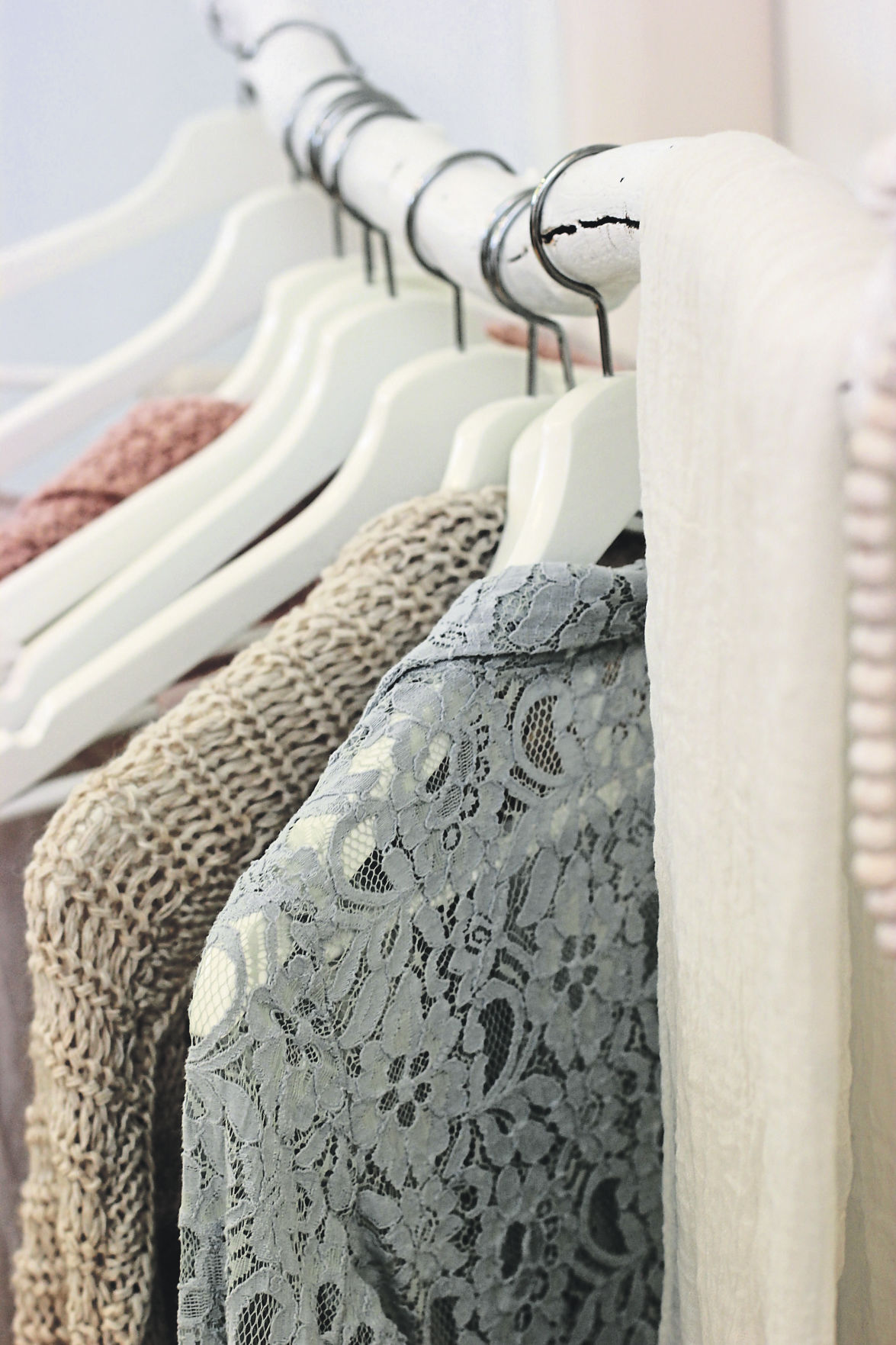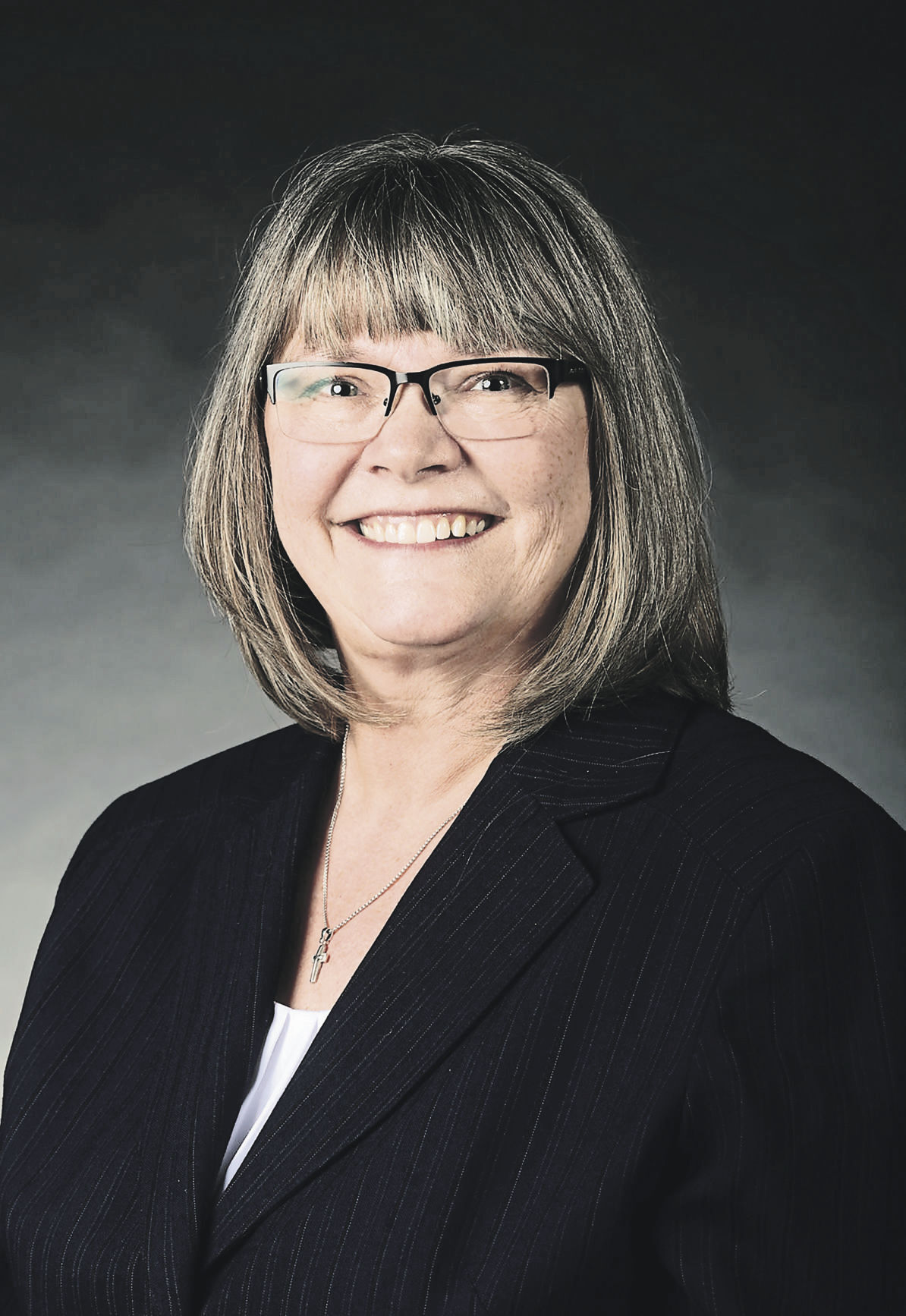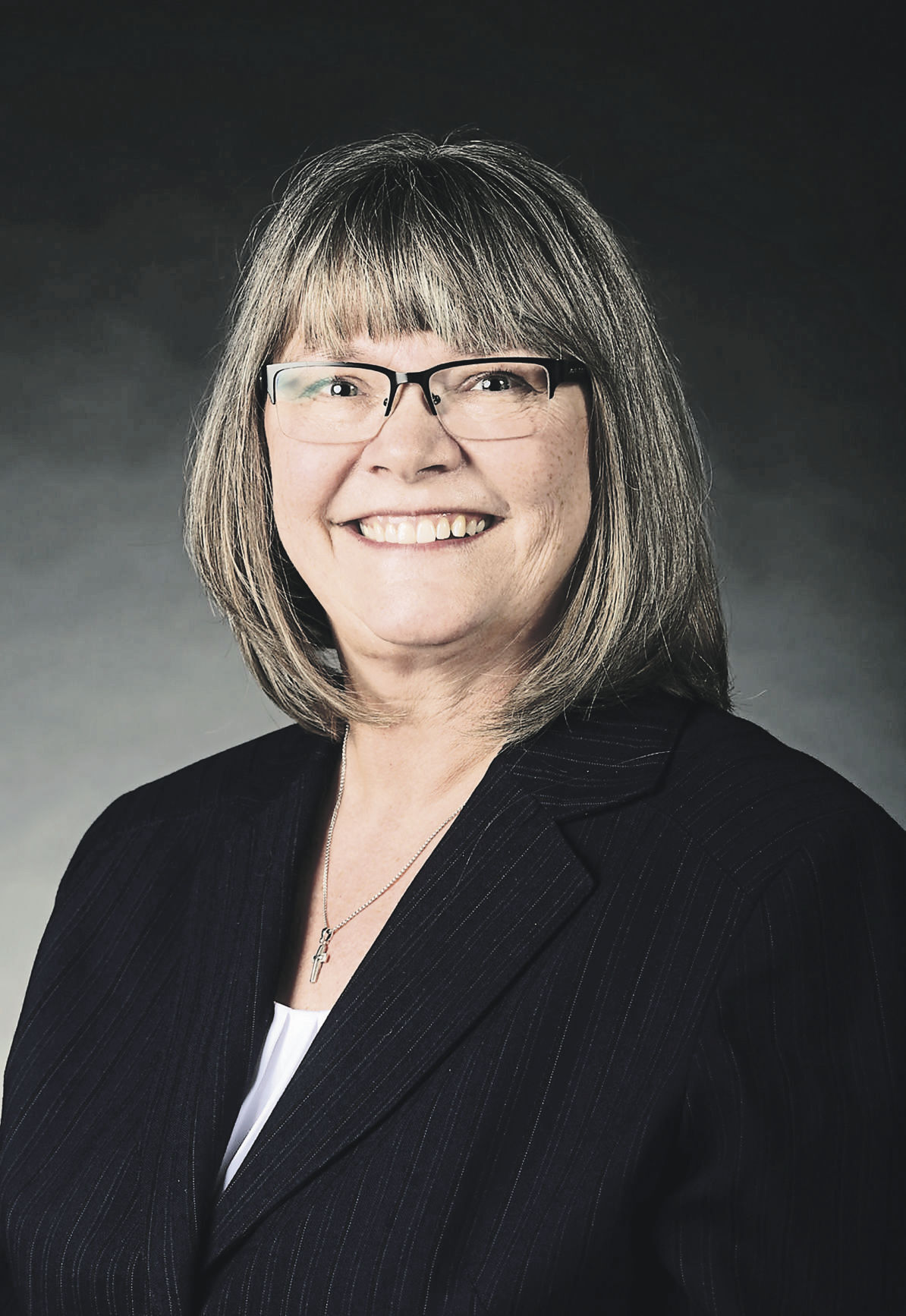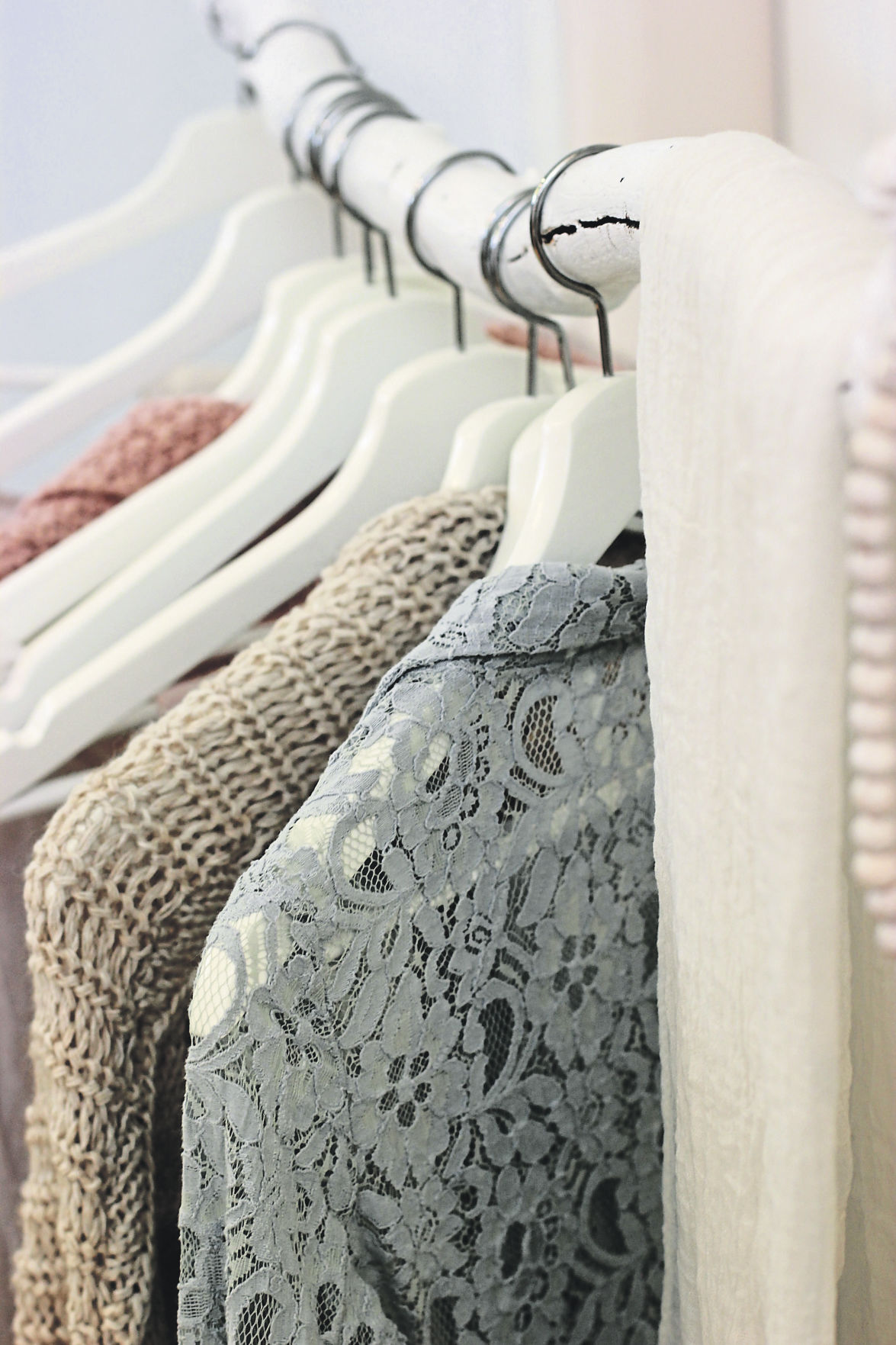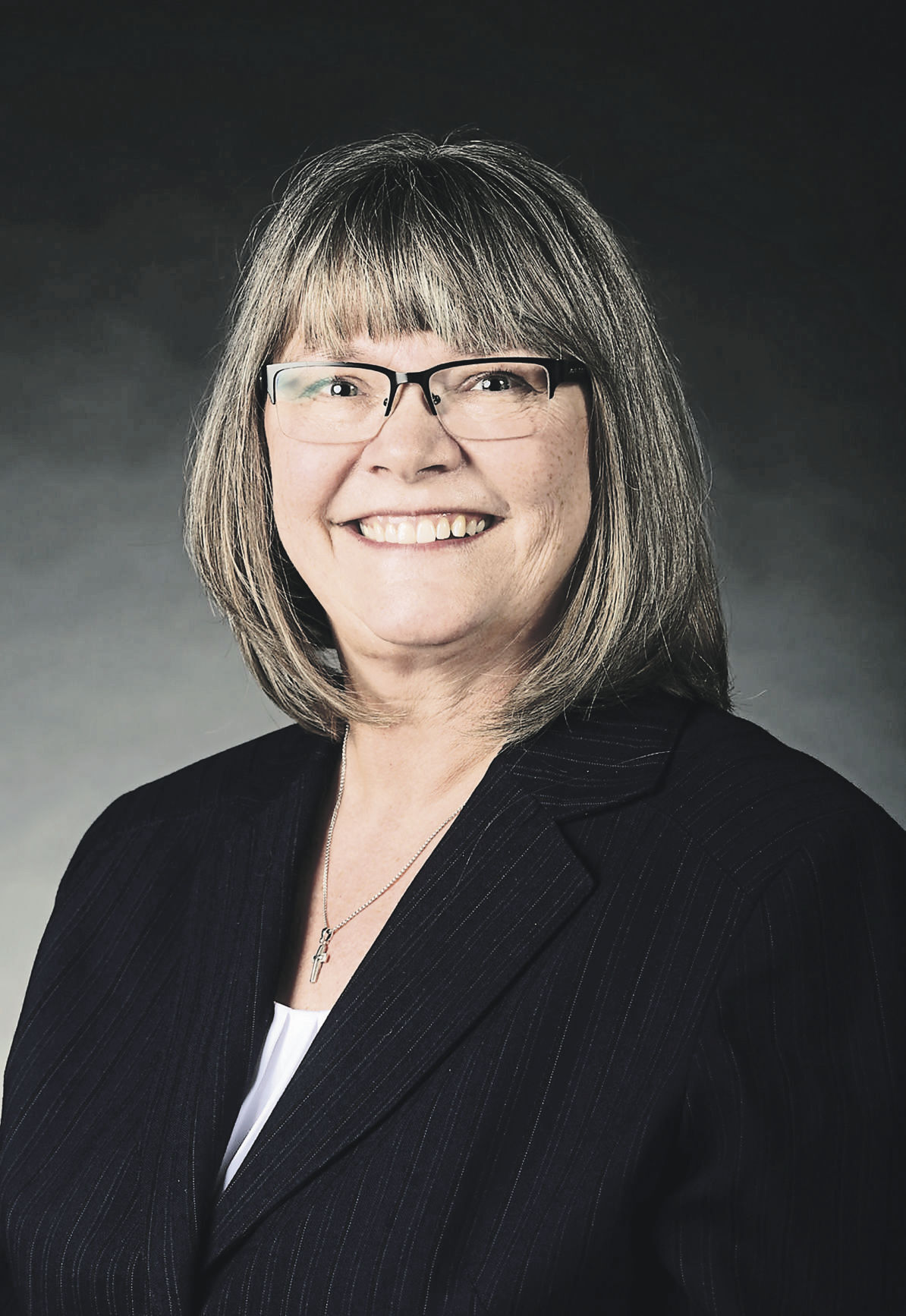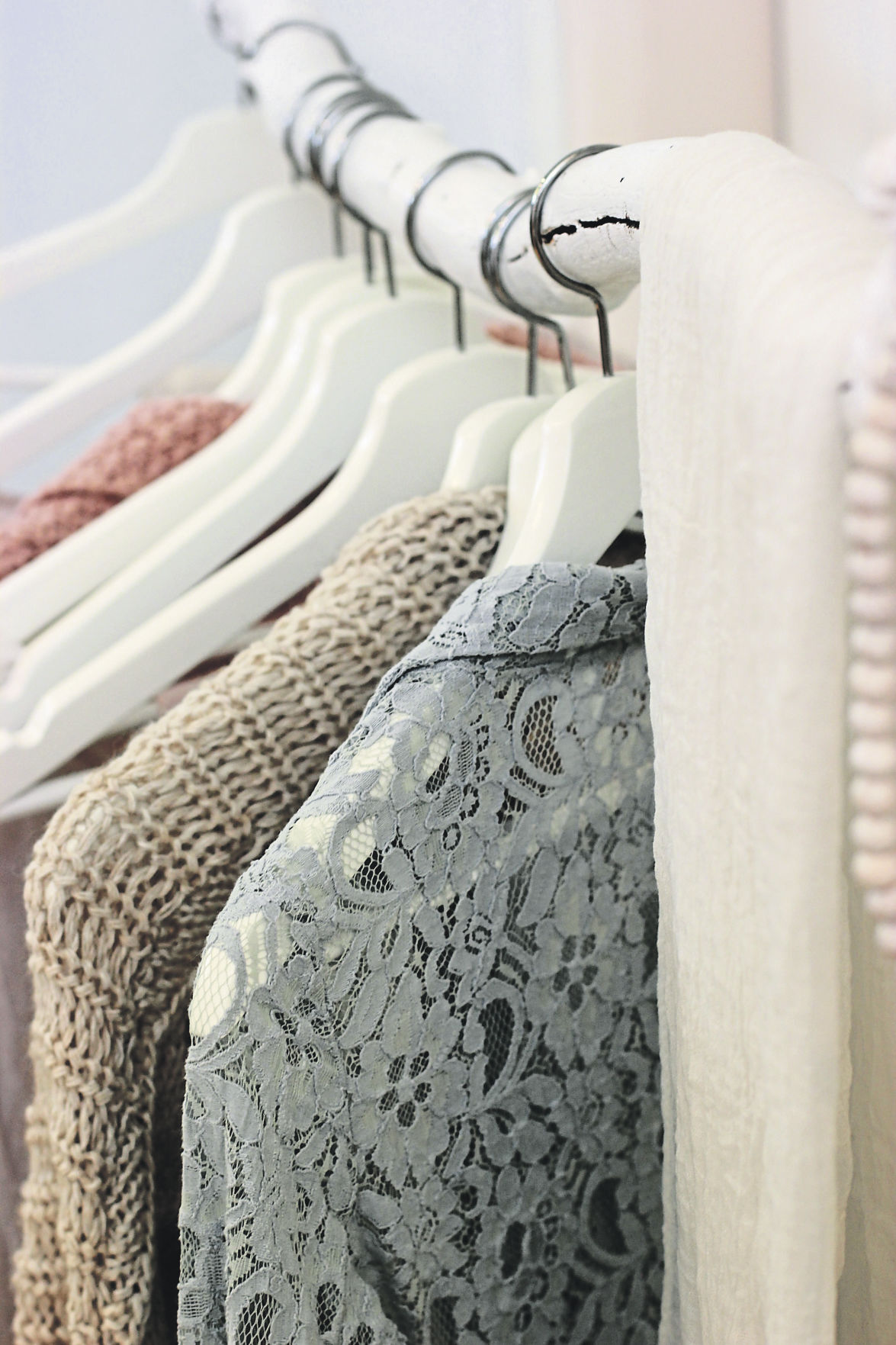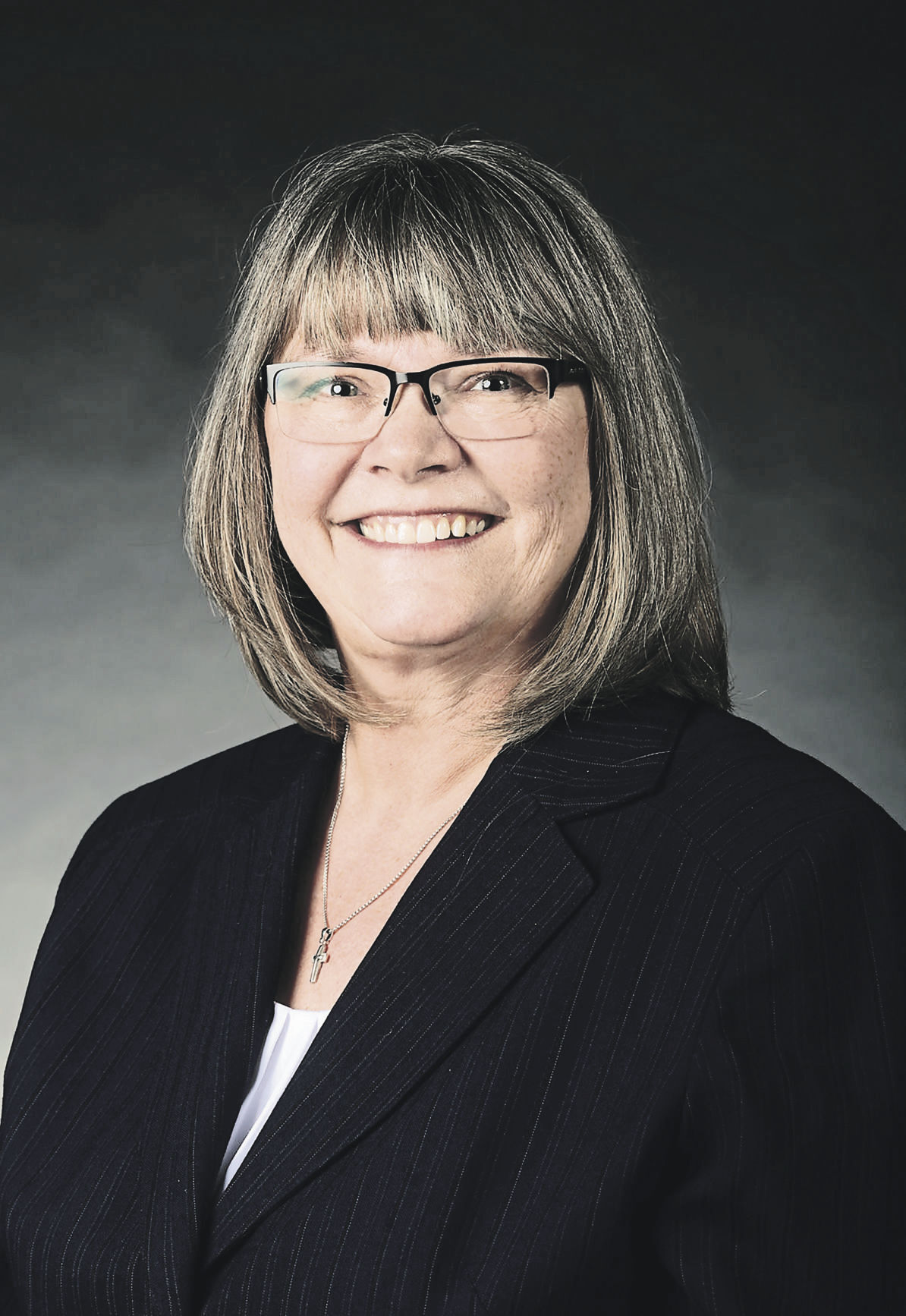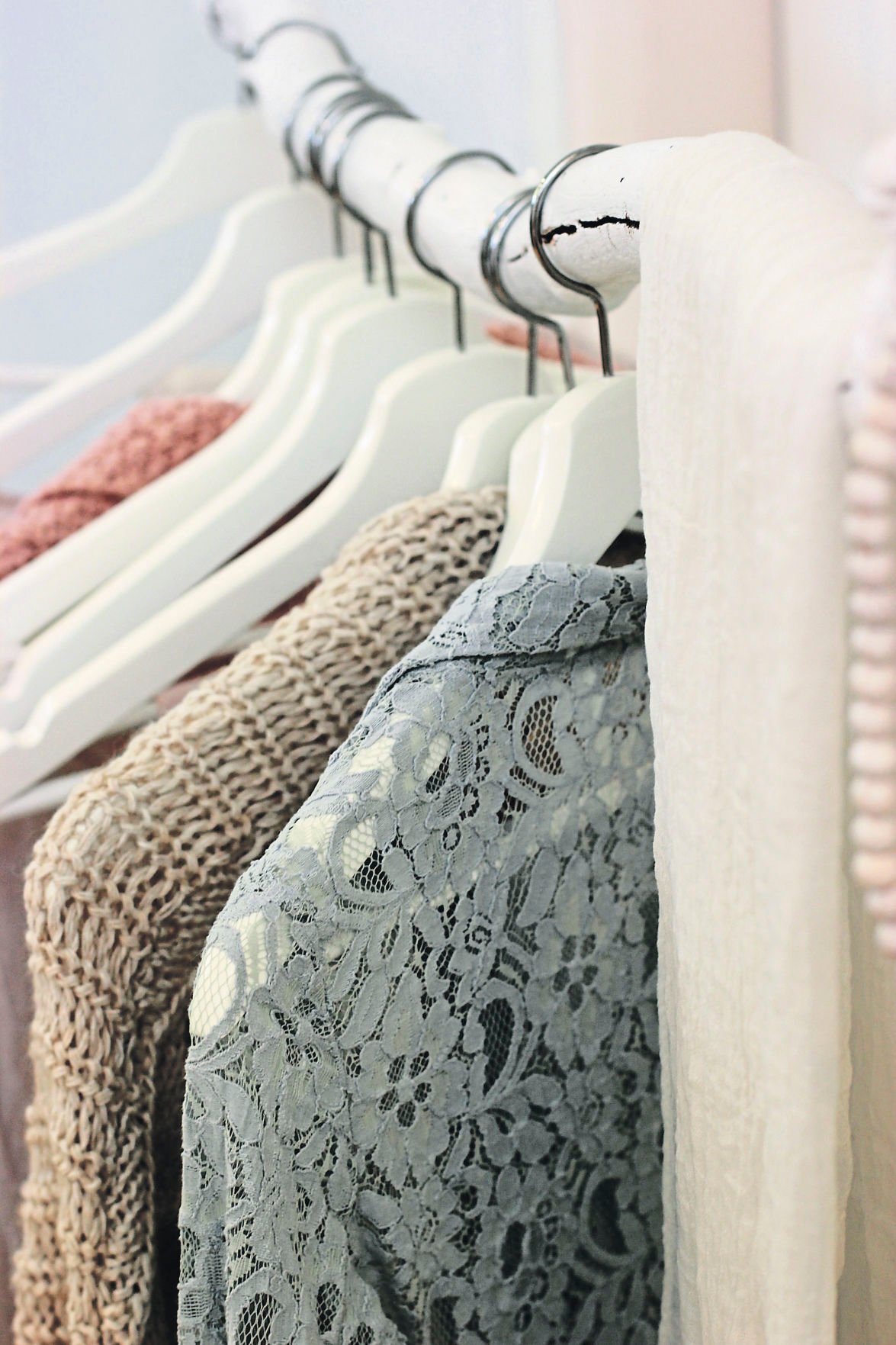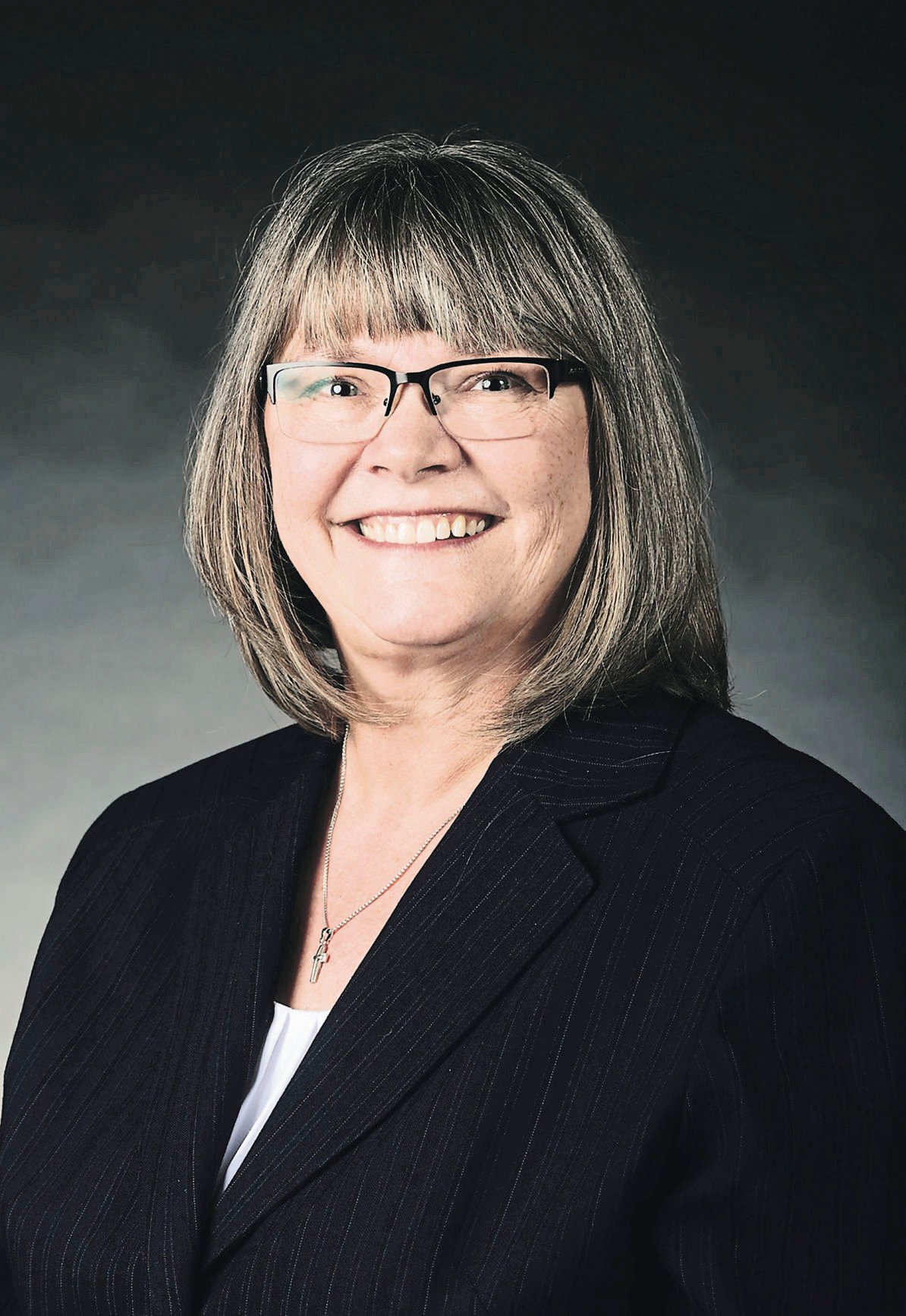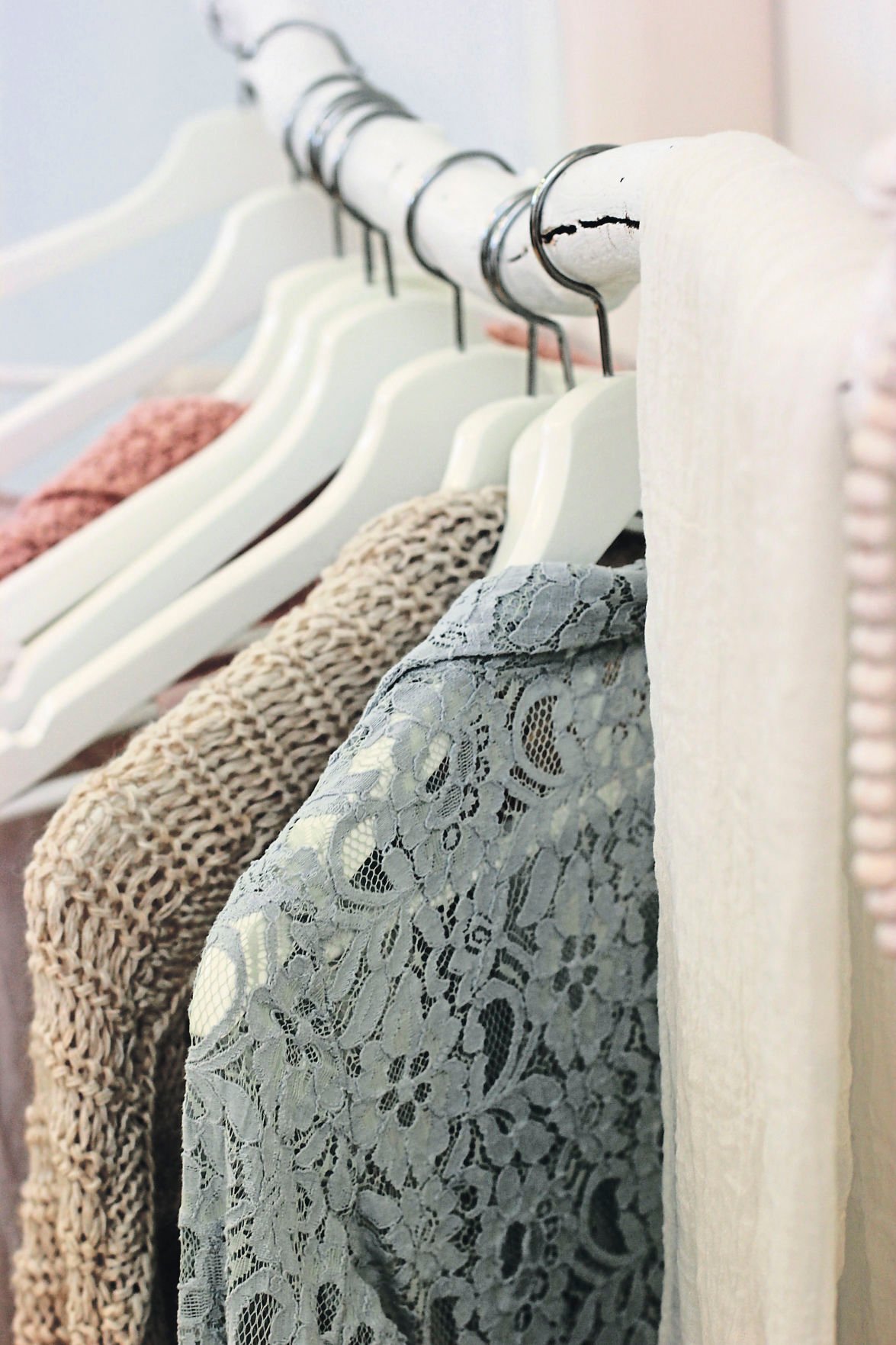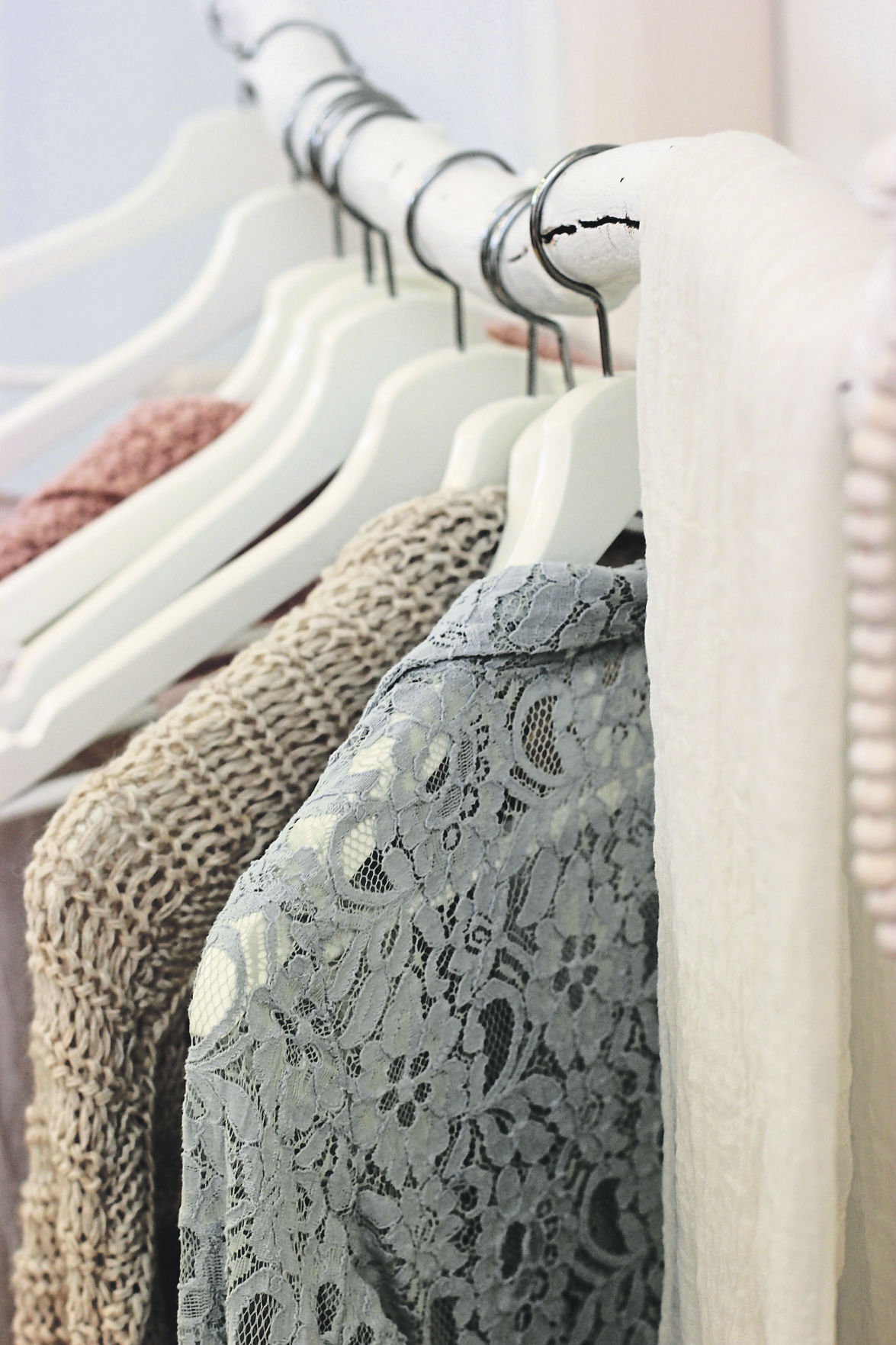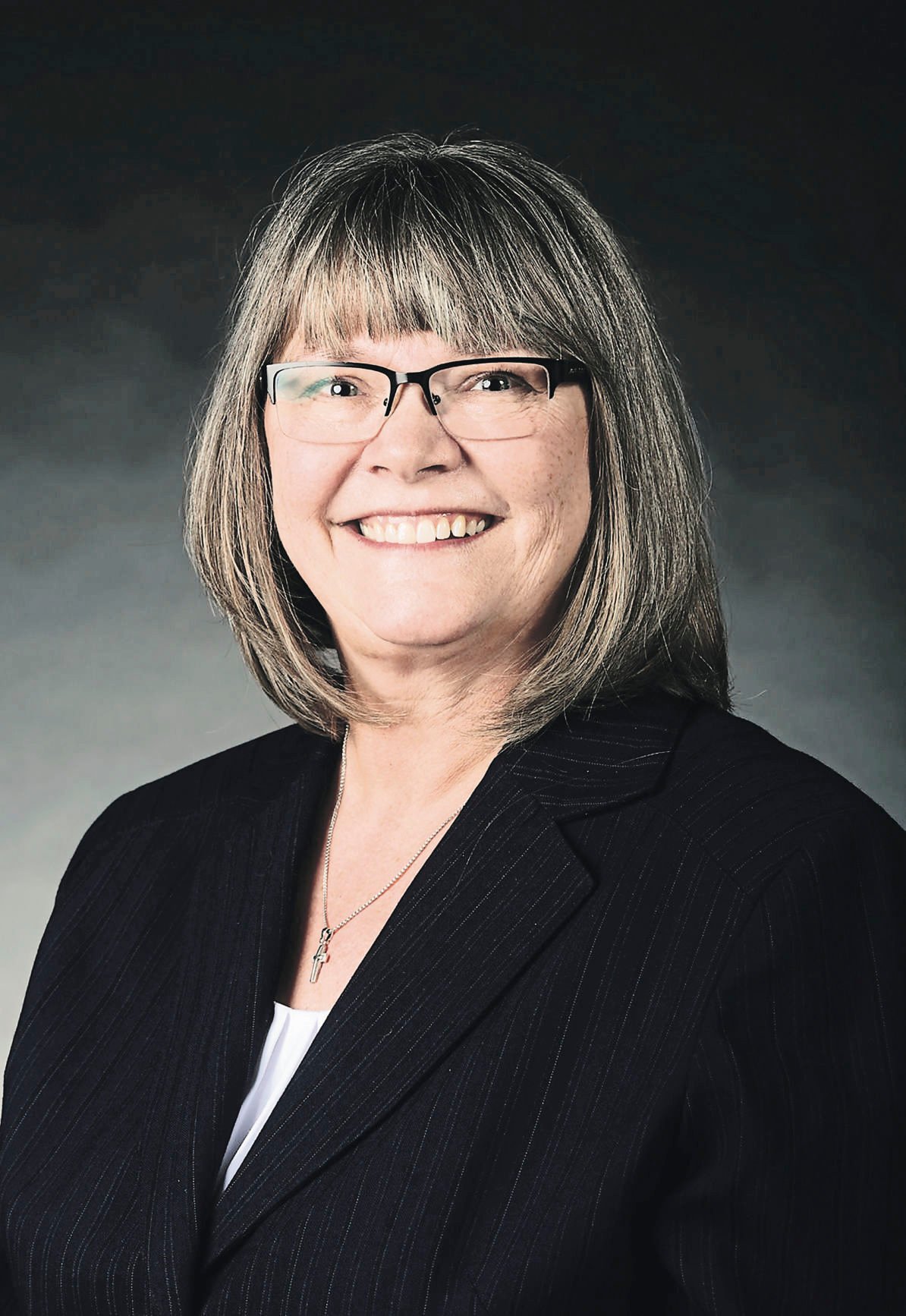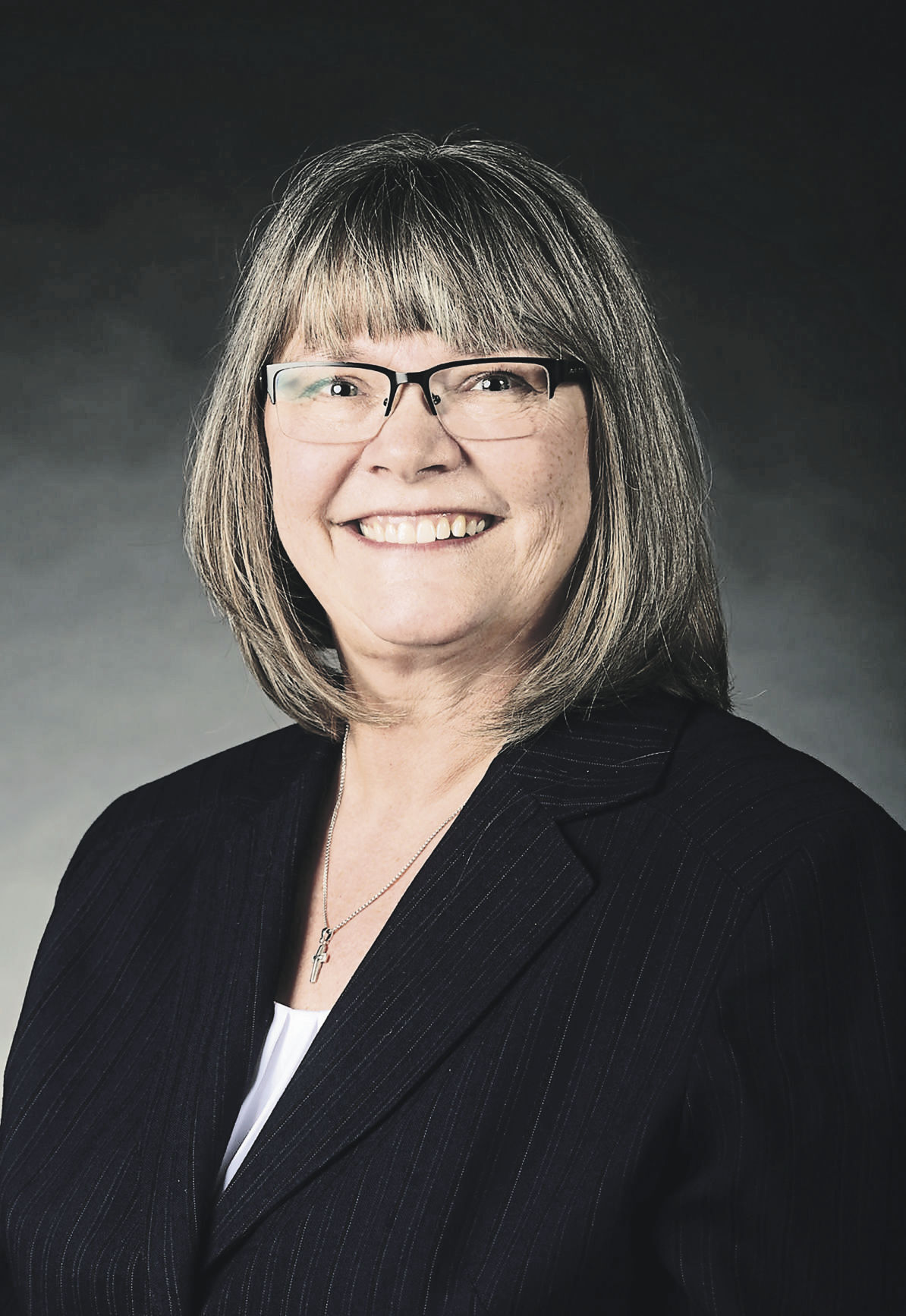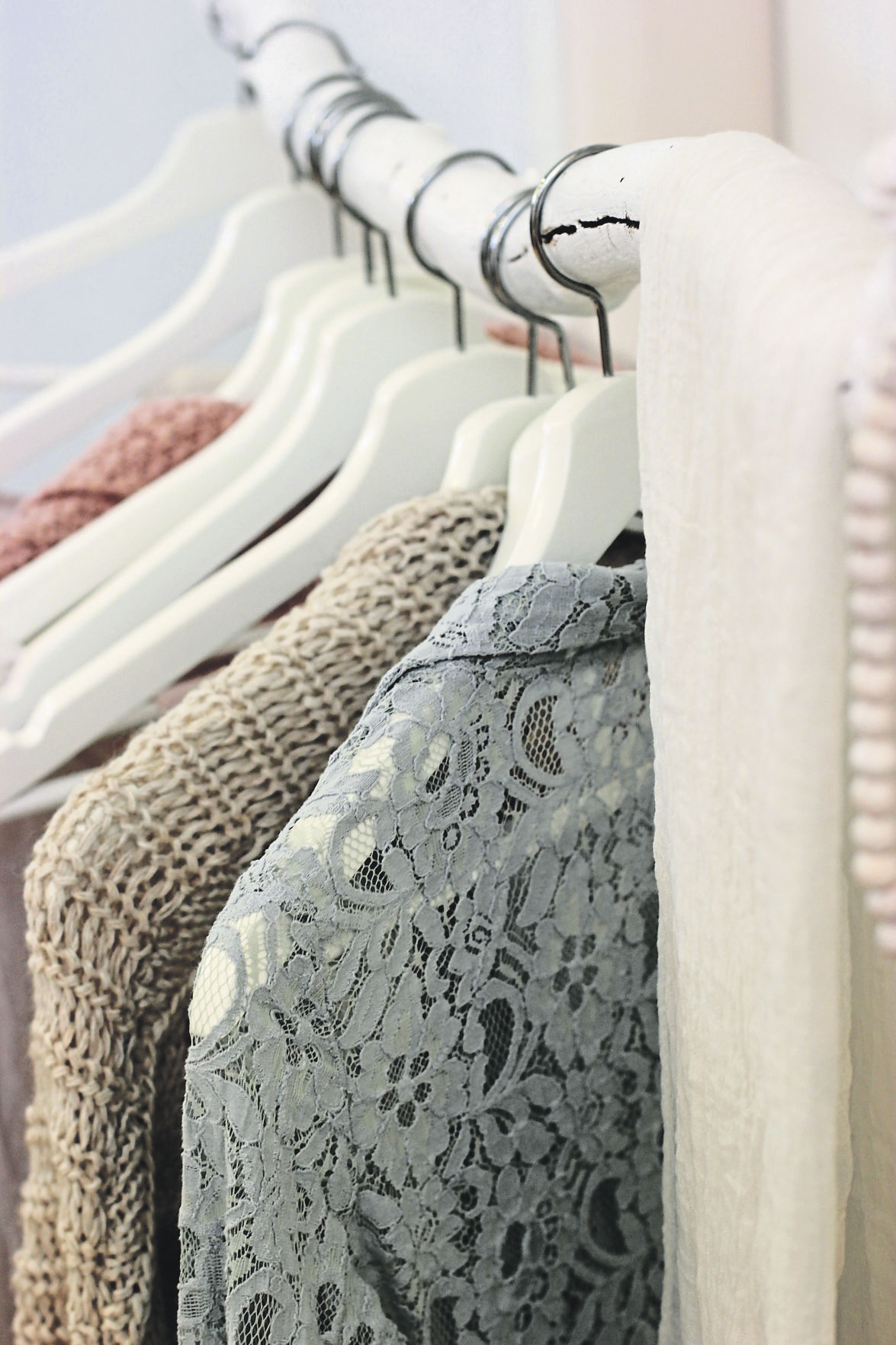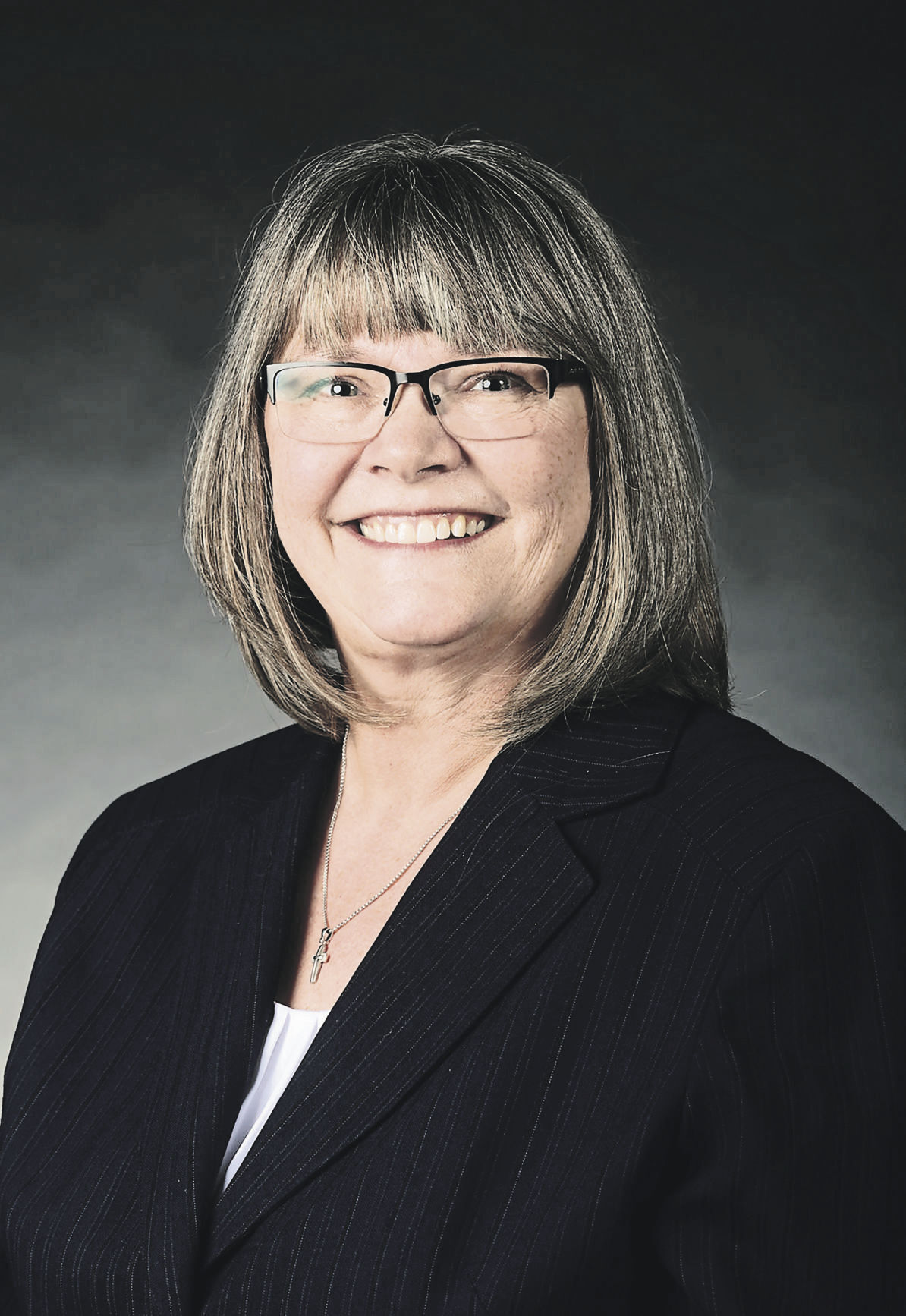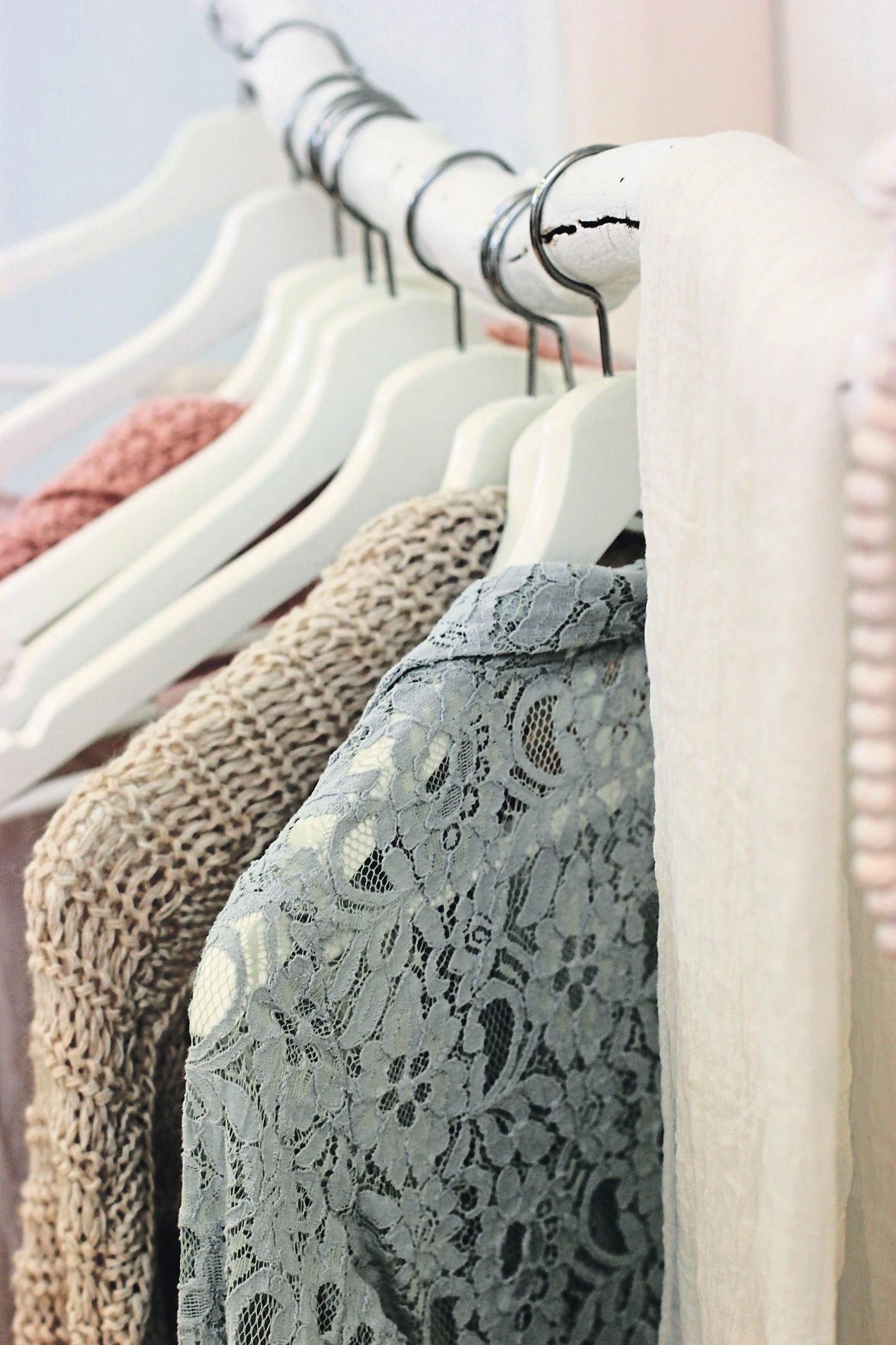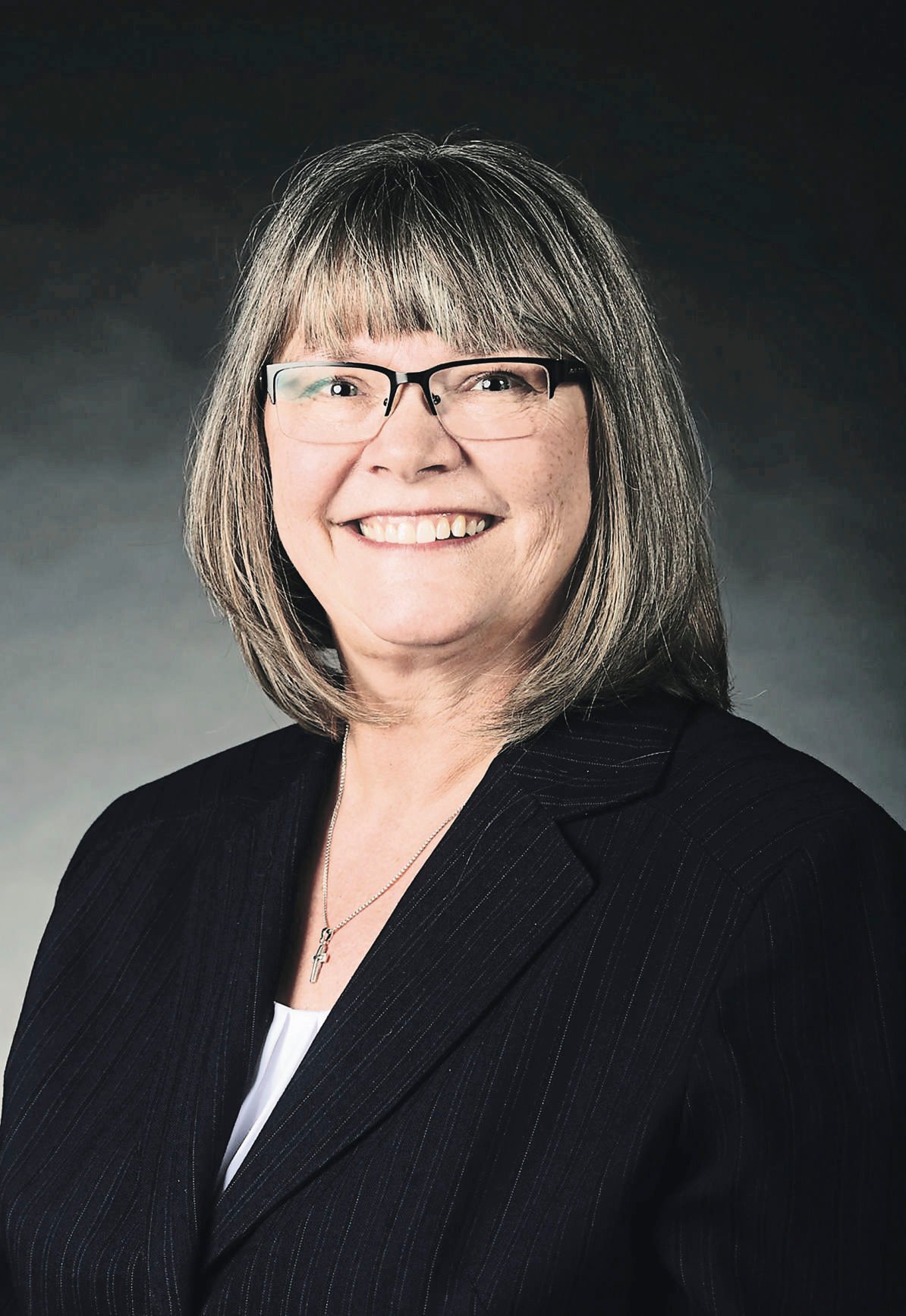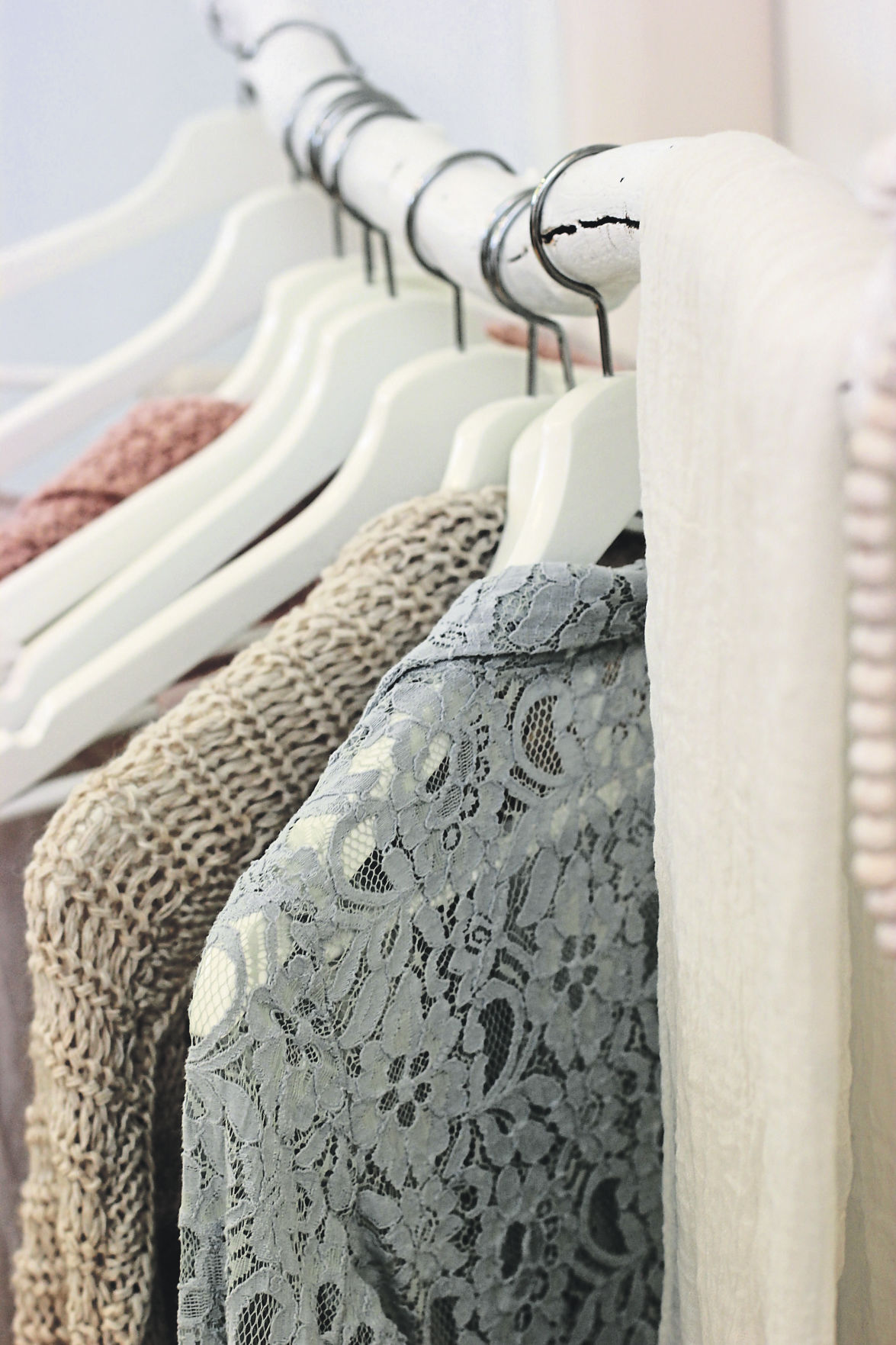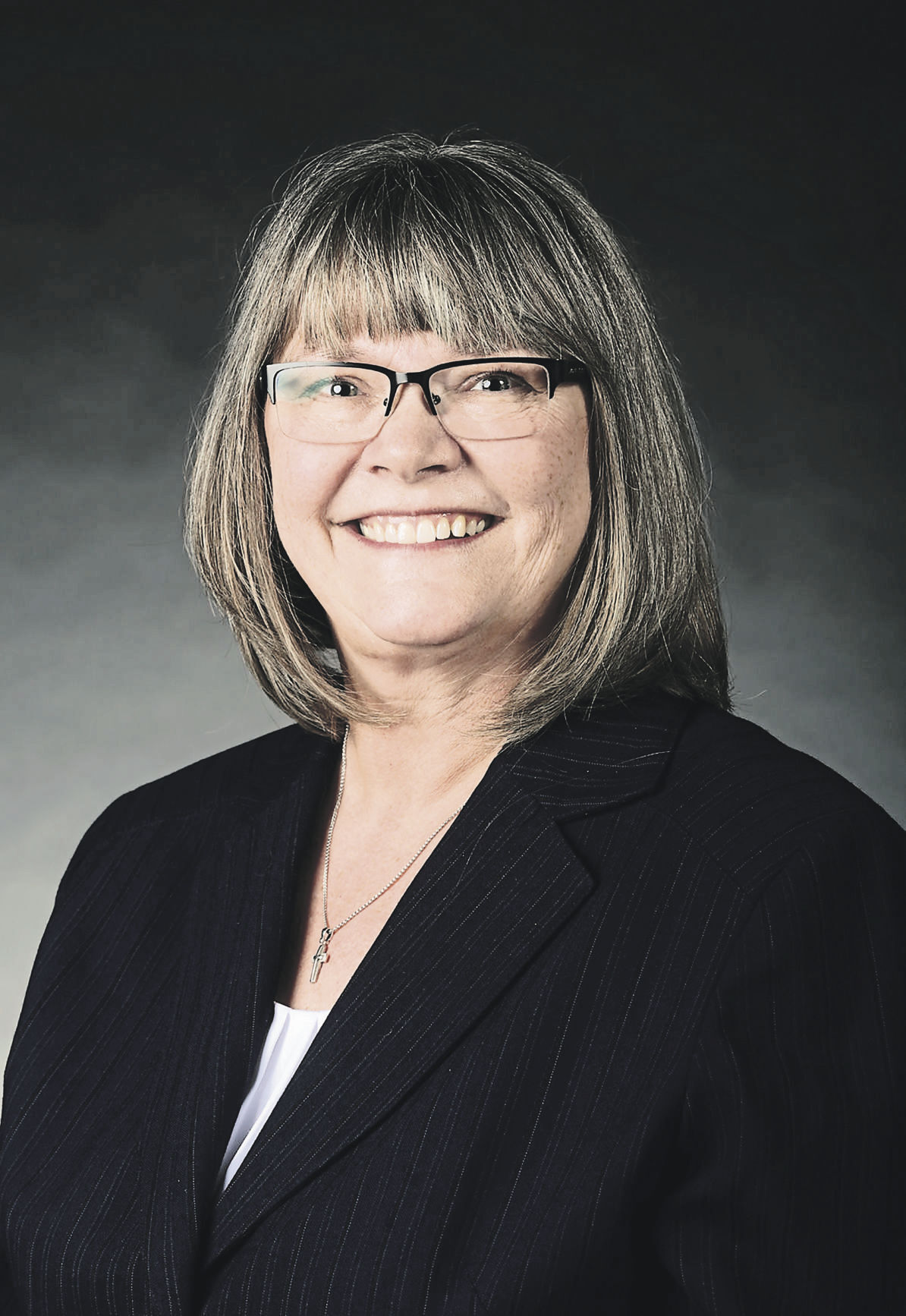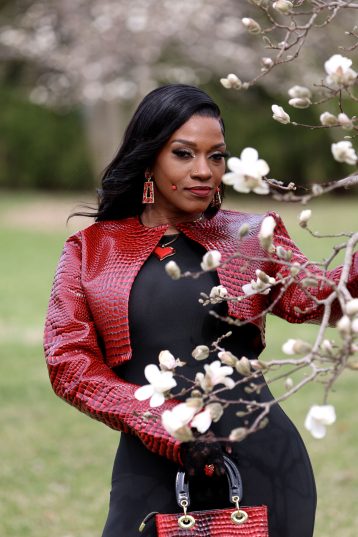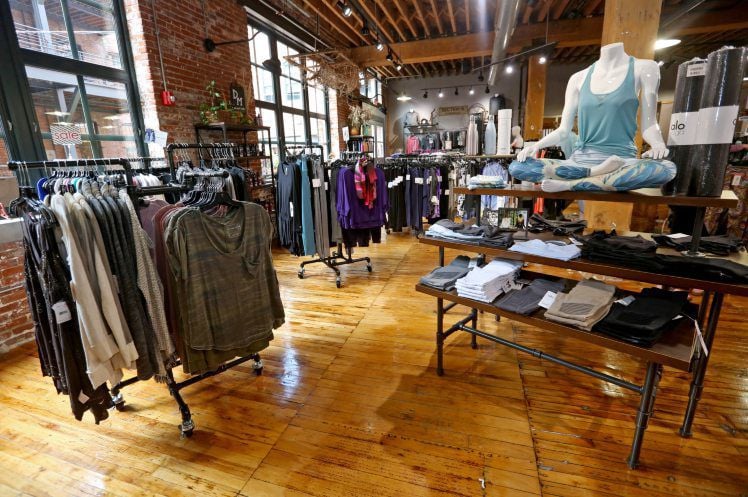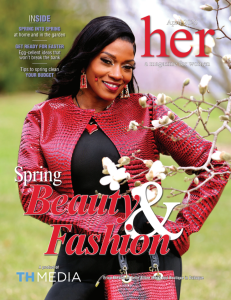As this month’s magazine theme is fashion, I wanted to highlight the balance between fashion, comfort and function.
Did you know that more than three million people age 50 or older require some form of help when dressing? This data was published in the latest National Health Interview Survey.
We all know that when we are confident in how we are dressed, we present ourselves to the world in a more assured way.
In years past, the availability of what they used to call “adaptive clothing” was limited. It typically felt institutional and focused on functionality. Dignity and fashion were not necessarily the main goal, if a goal at all.
There had to be a better way. But that was then.
Today, designers and retailers have solved this problem beautifully. These fashions now are called “adaptive wear.” They offer solutions that are designed with fashion, comfort, affordability, function, innovation and dignity all as priorities.
Some of the innovations include more comfortable fabrics, innovative closures, specialty shoes for different conditions, wheelchair suitable clothing, incontinence specialty wear, chemotherapy specialty clothing, dialysis clothing and other accessories that look good but have function as well.
Whatever your loved one needs assistance with, I would bet that there is new and innovative adaptive wear just for them.
Also, the marketplace is competitive. Clothing is available in a wide range of sizes and generally is competitively priced. All you need to do is use your Google search engine to find what you need.
Example searches include:
• “Magnetic closure Parkinson’s shirts.”
• “Seamless pants for wheelchairs.”
• “Specialty clothing for chemotherapy.”
• “Clothing for incontinence.”
• “Easy closure shoes.”
• “Adaptive belts.”
• “Velcro backed pajamas.”
We all want to look good, function well and feel good. This new generation of clothing has advanced the benefits and come a long way.
If you haven’t researched it lately, start with the one thing that your loved one has the most difficultly with when dressing.
Now, it’s time for a shopping spree.
Laura Nissen is an Alzheimer’s Association volunteer who advocates for those with memory disorders. She works with families to help them learn the skills of caregiving. She also serves as a community educator, caregiver support group leader and Memory Café leader for the Alzheimer’s Association.

